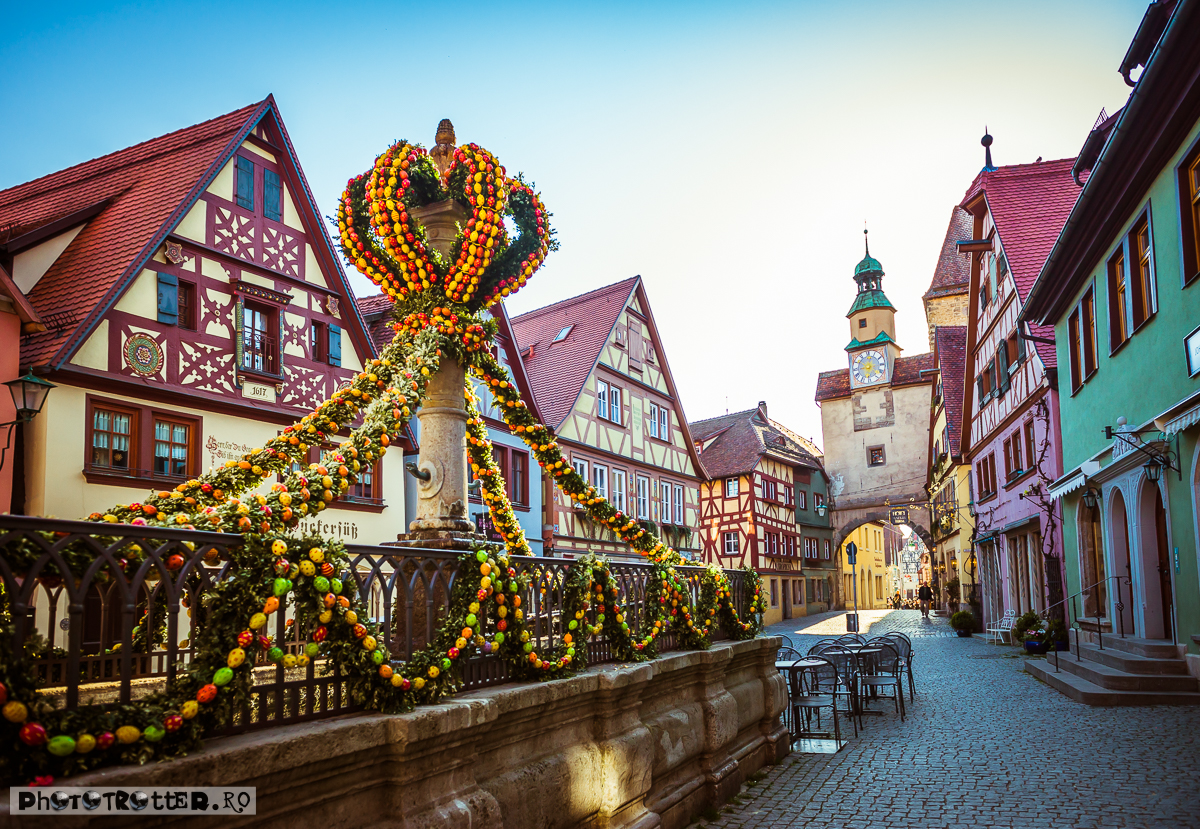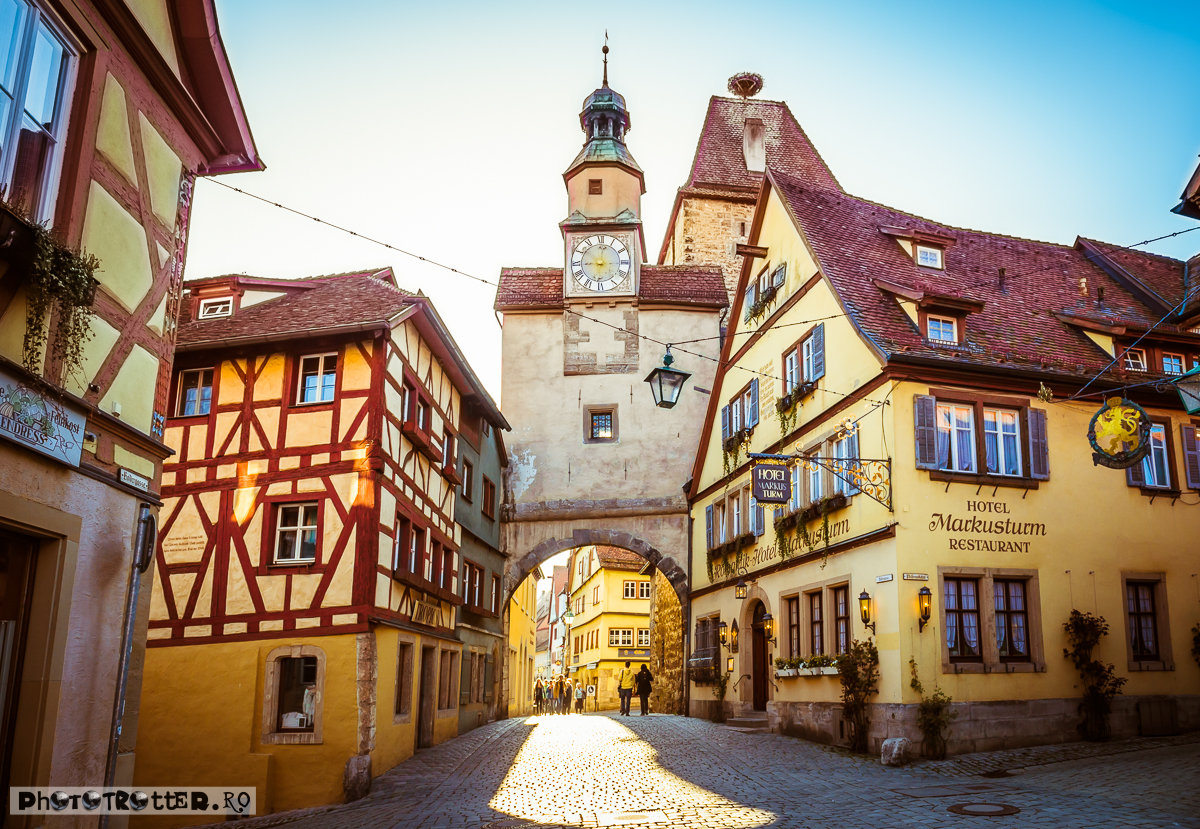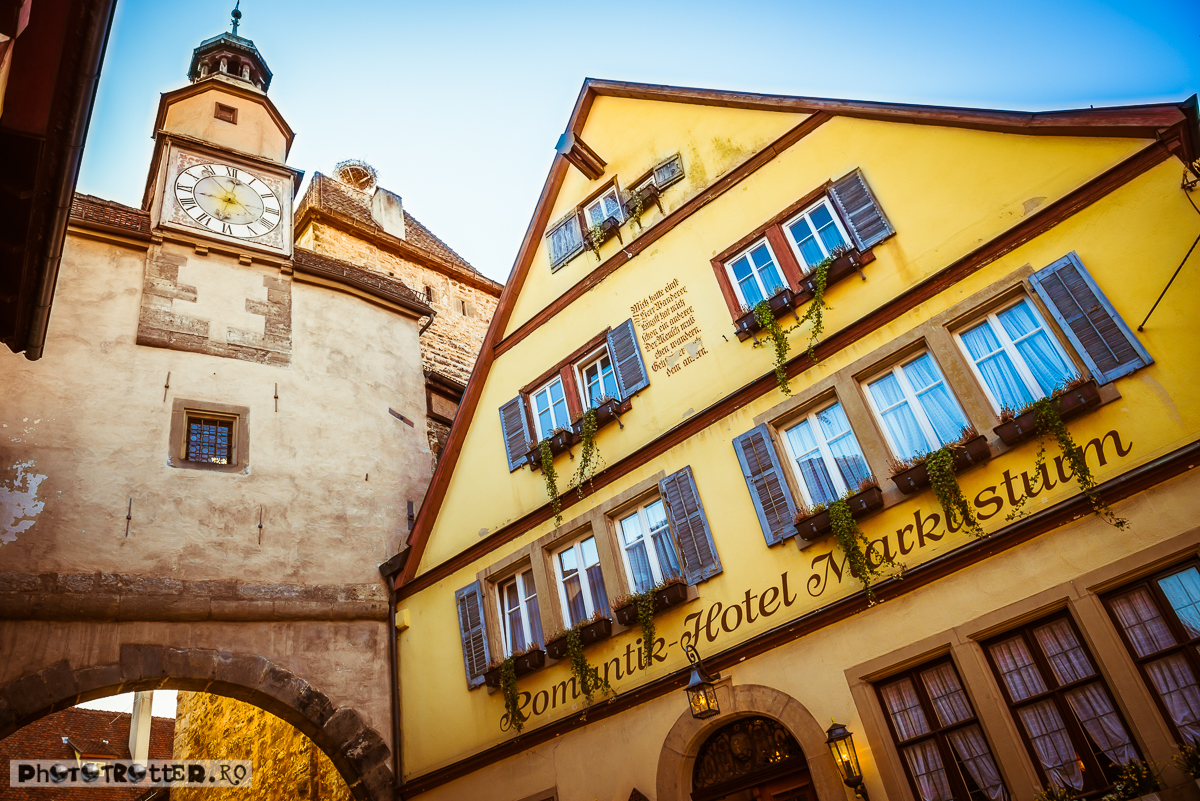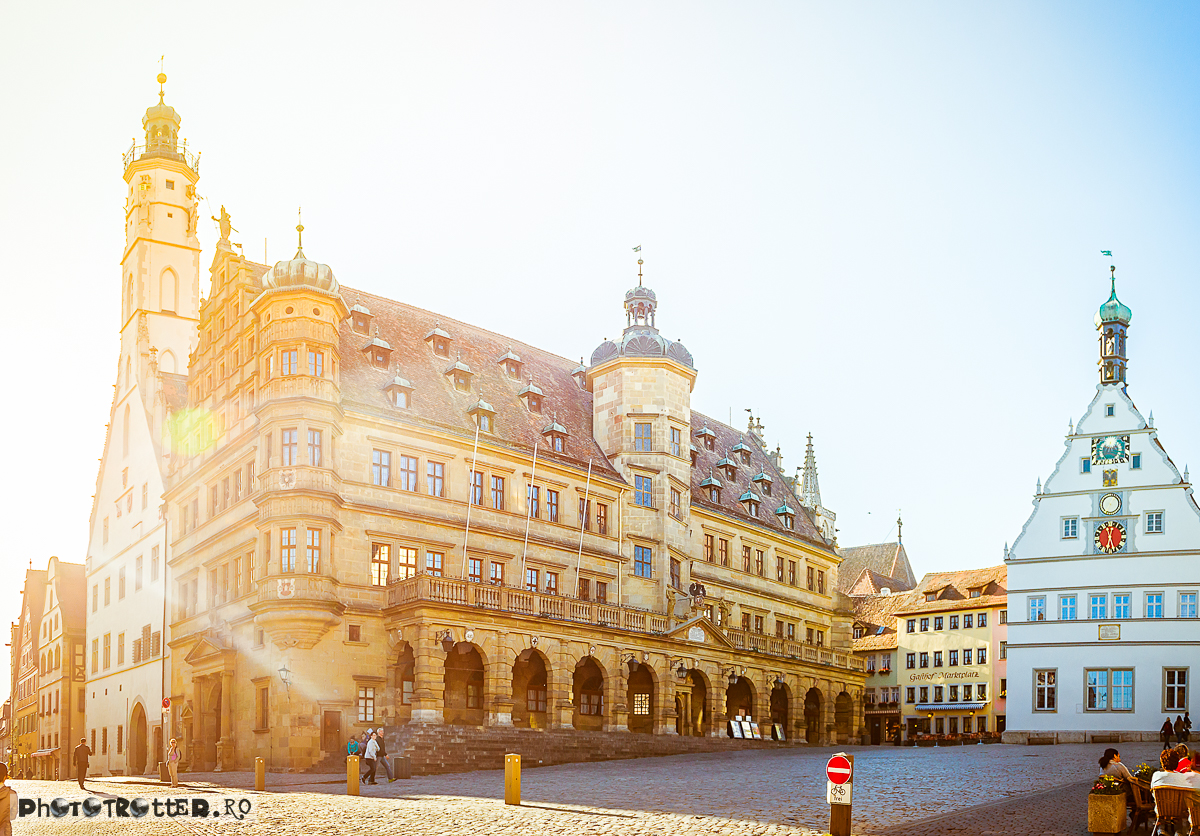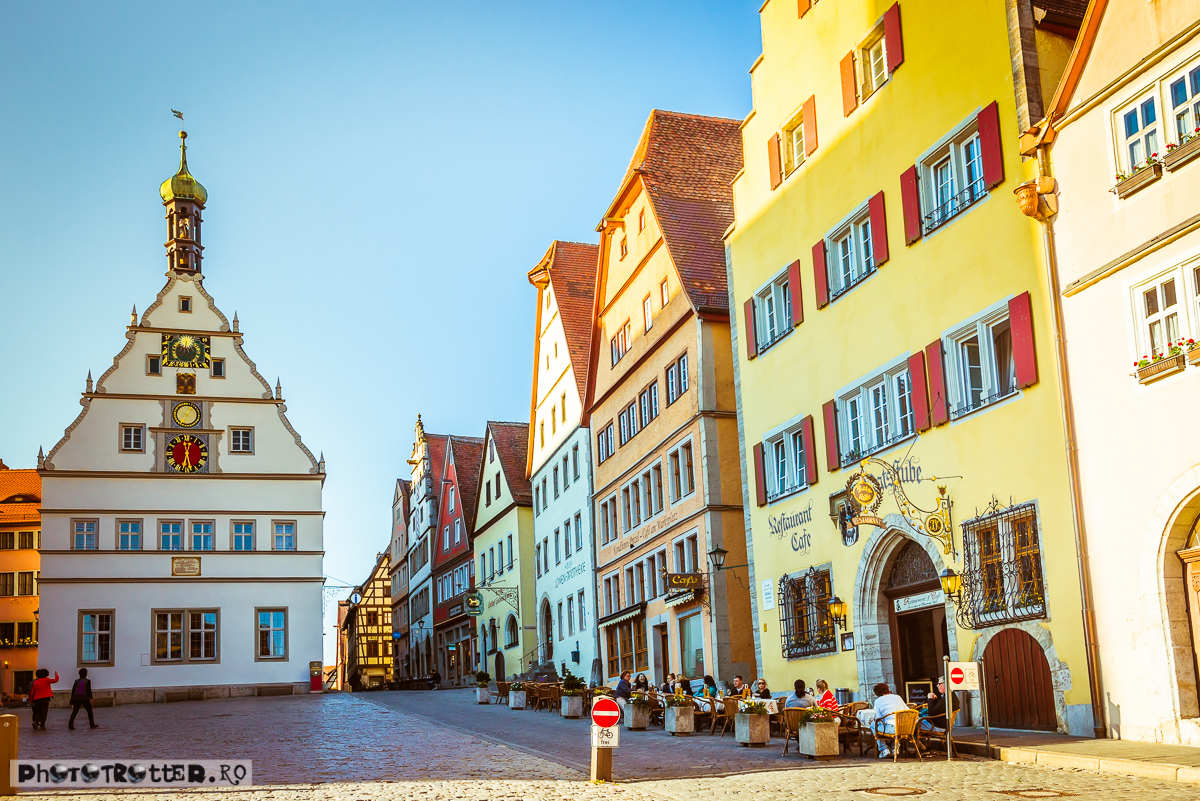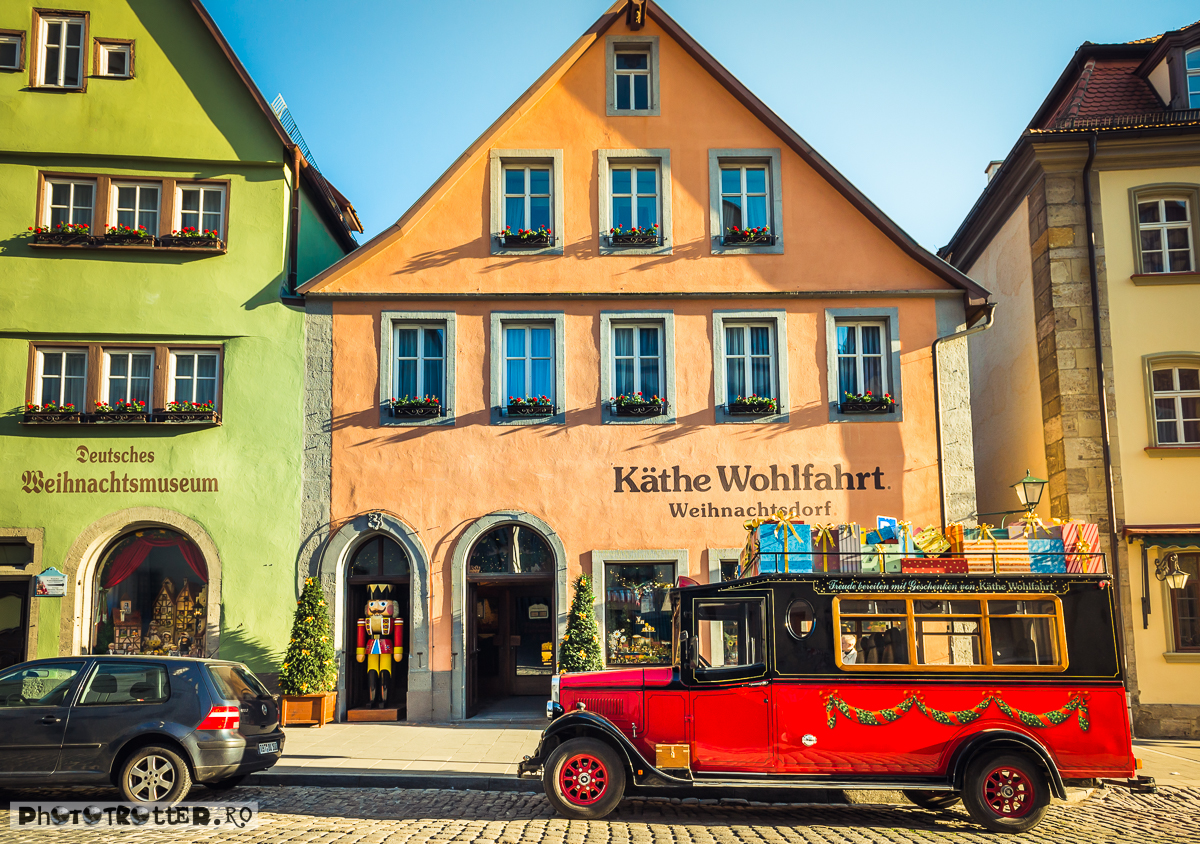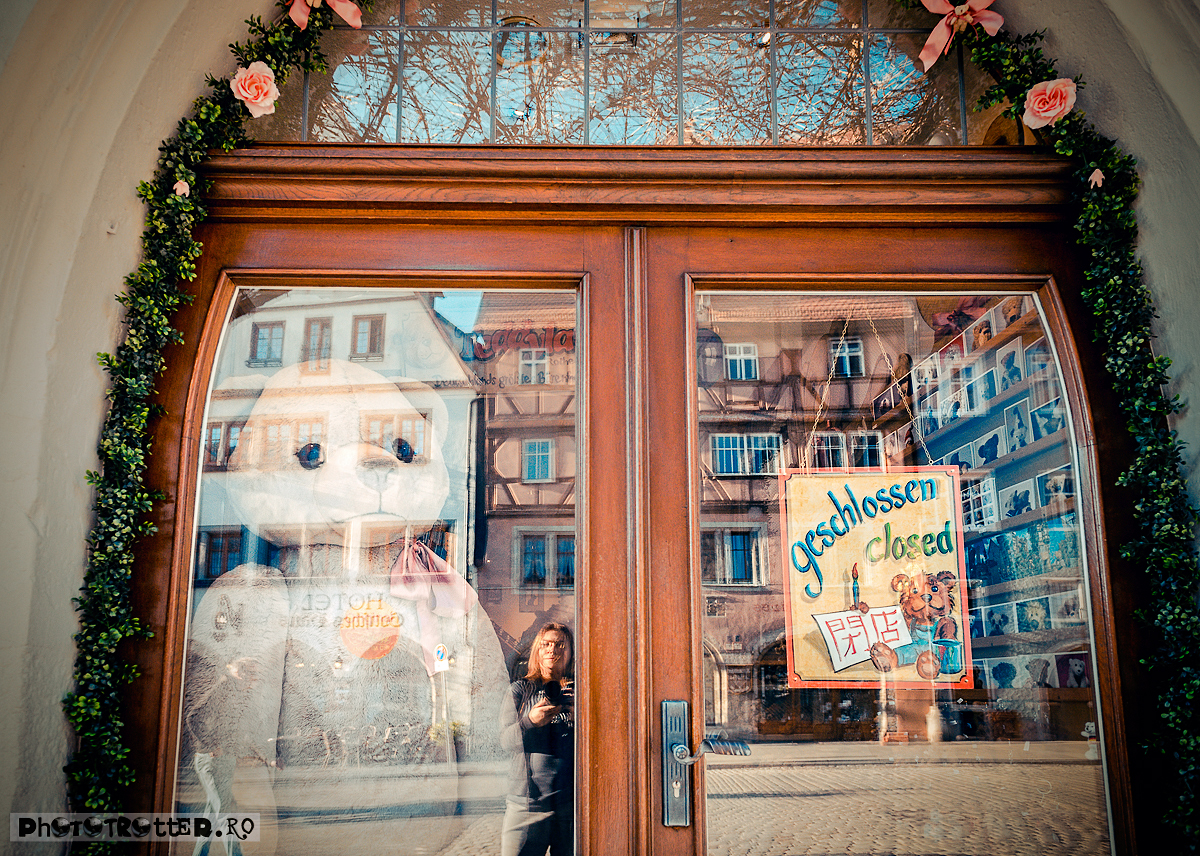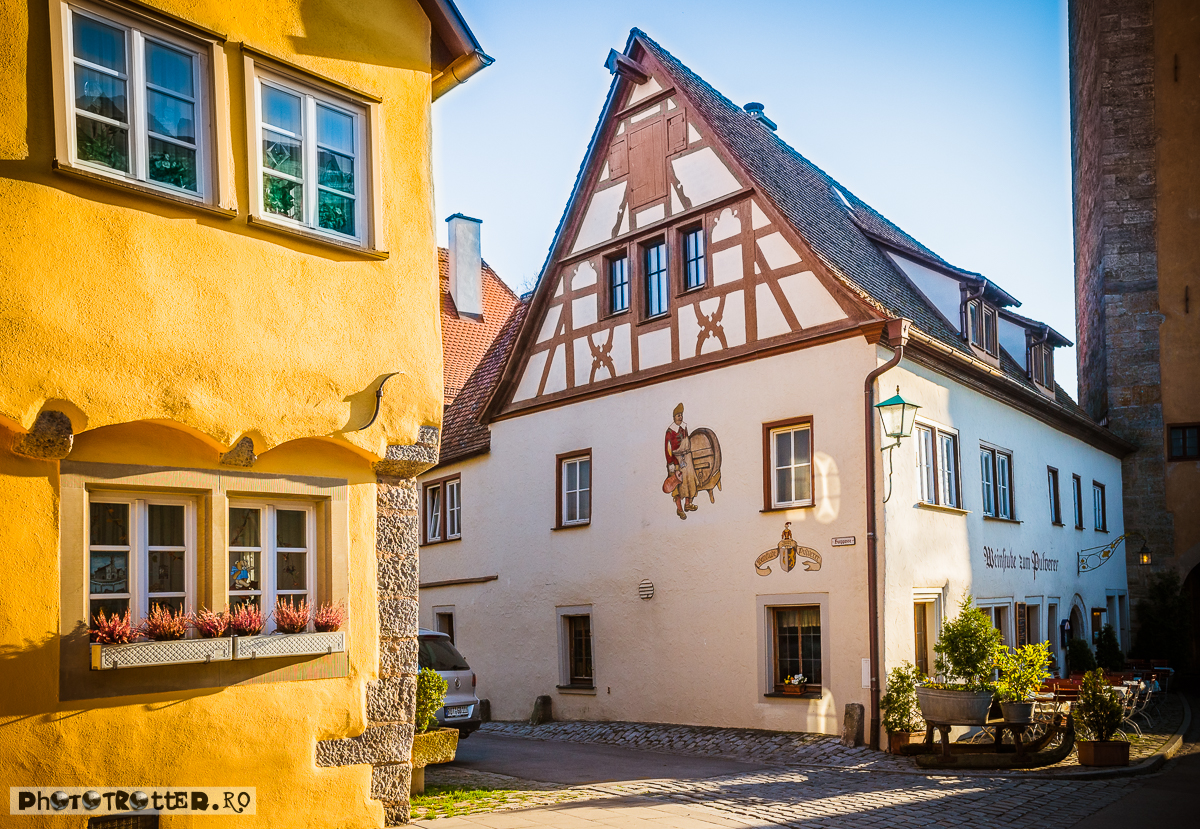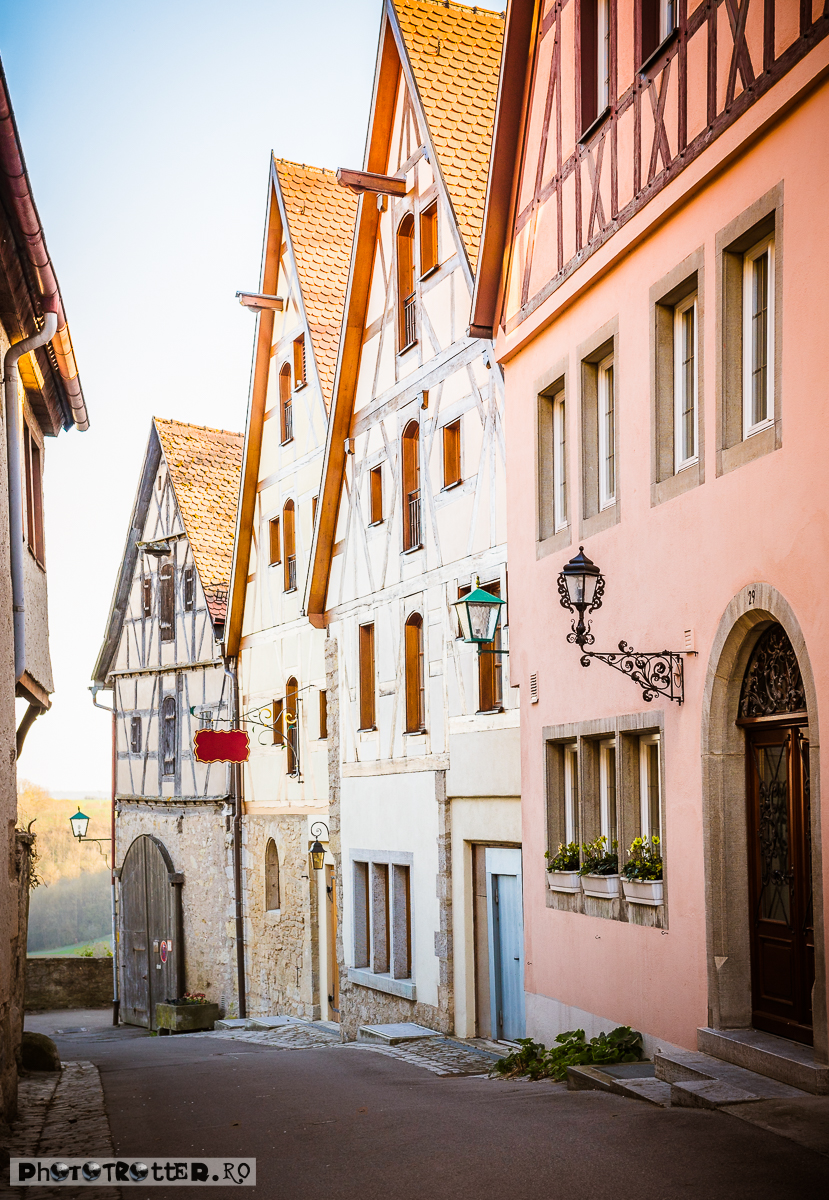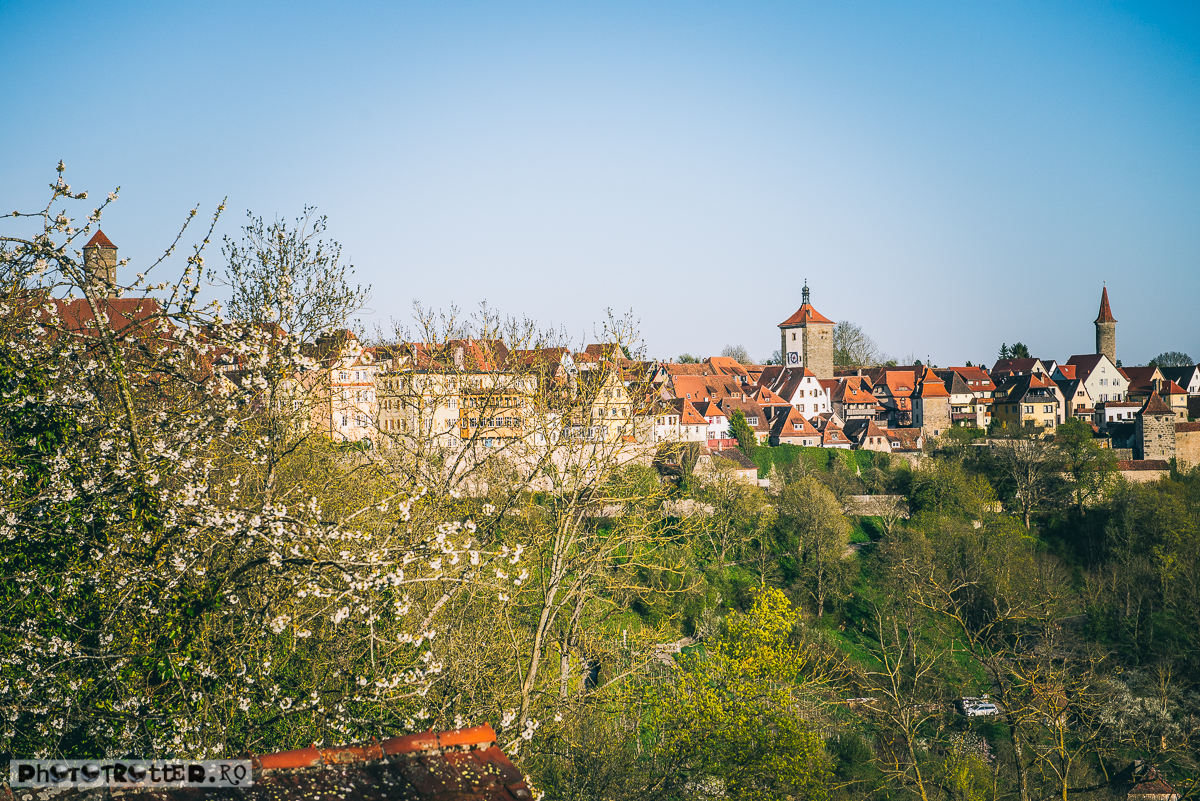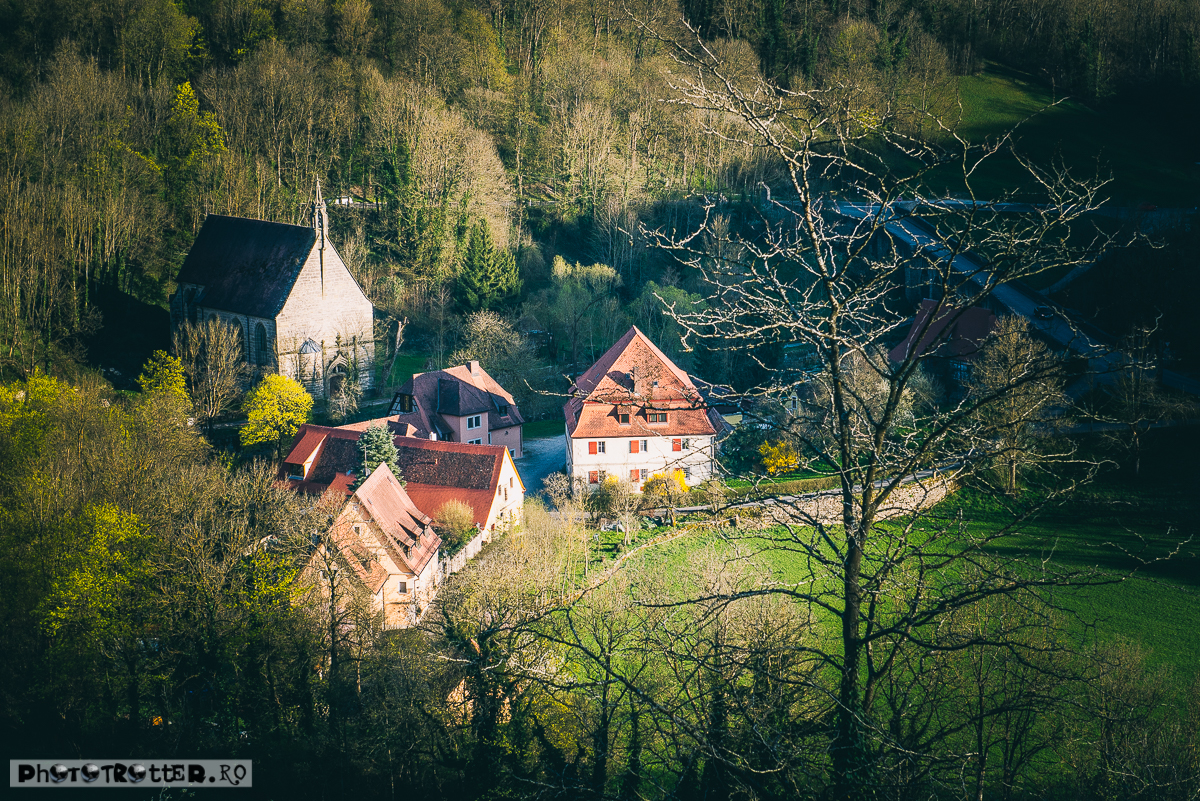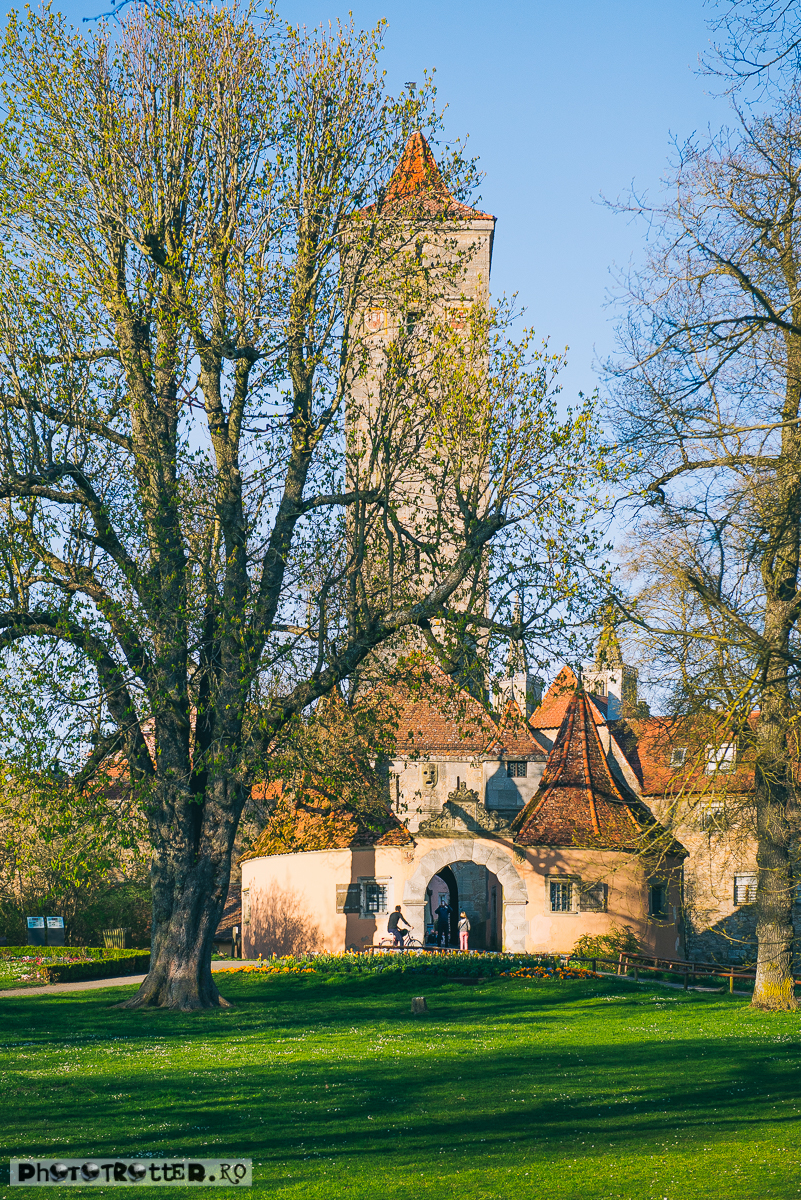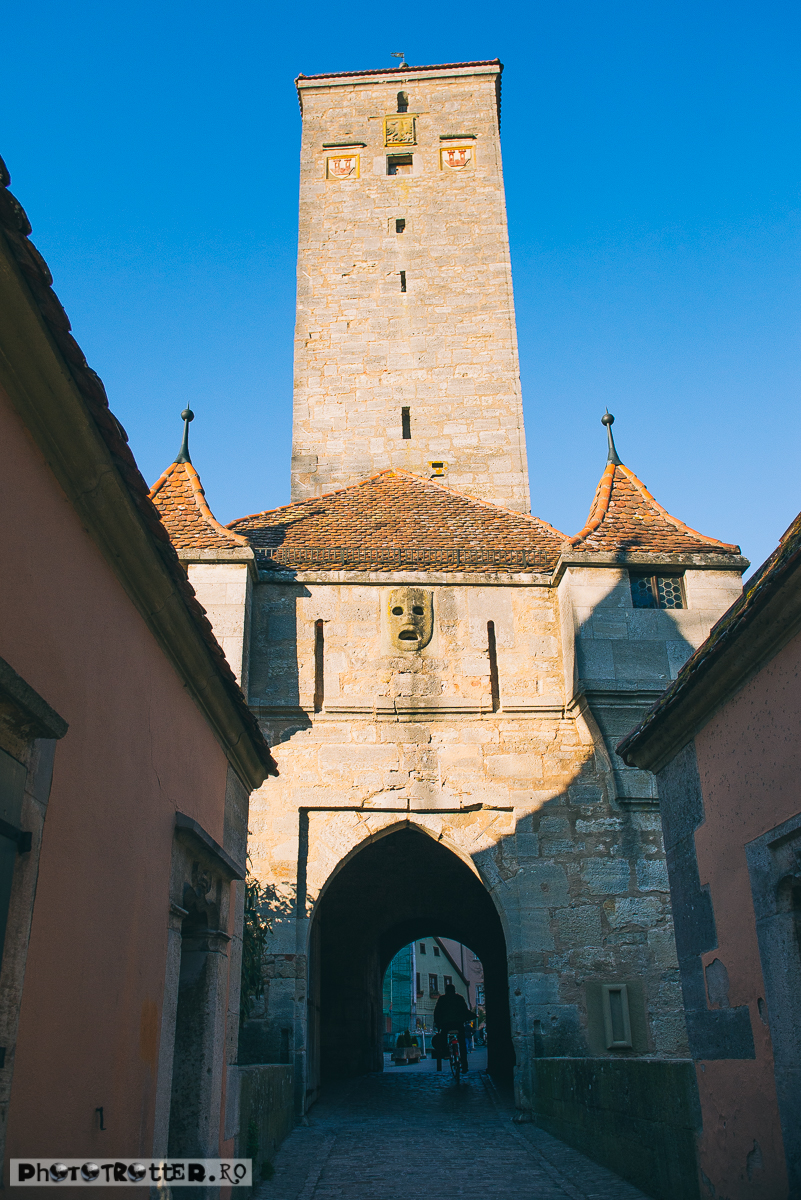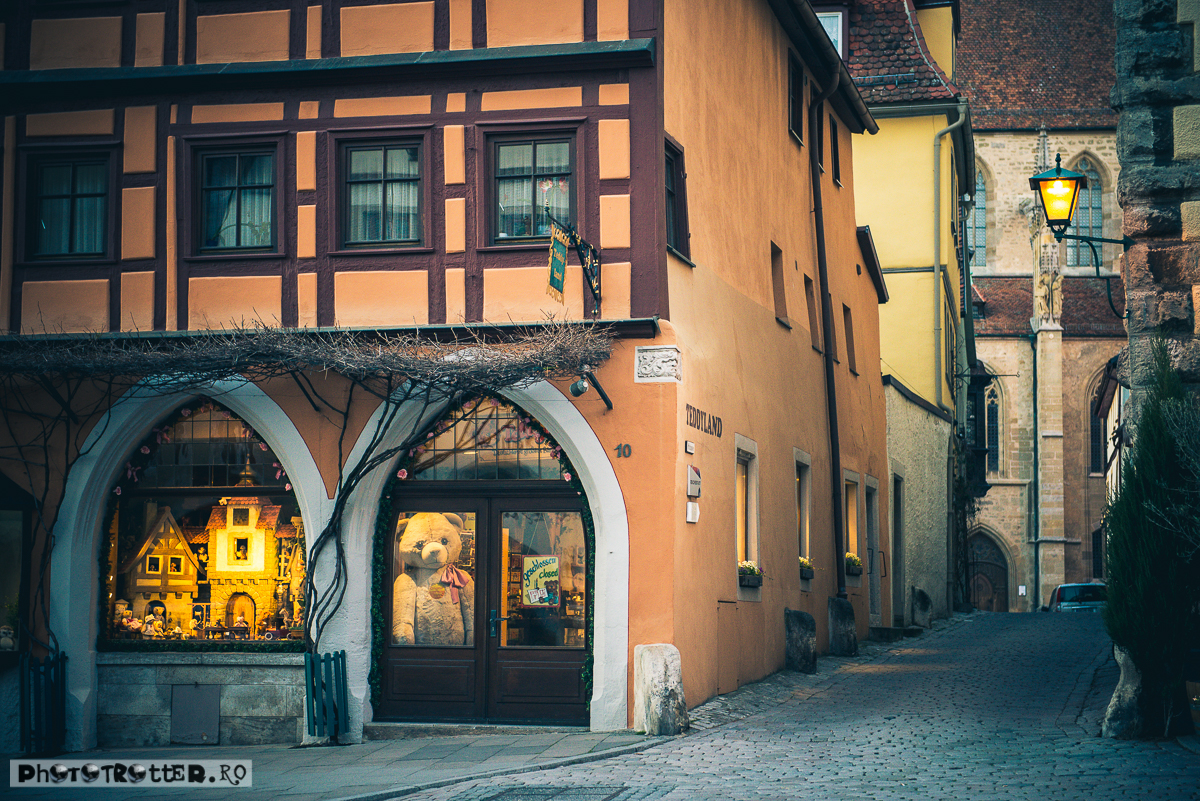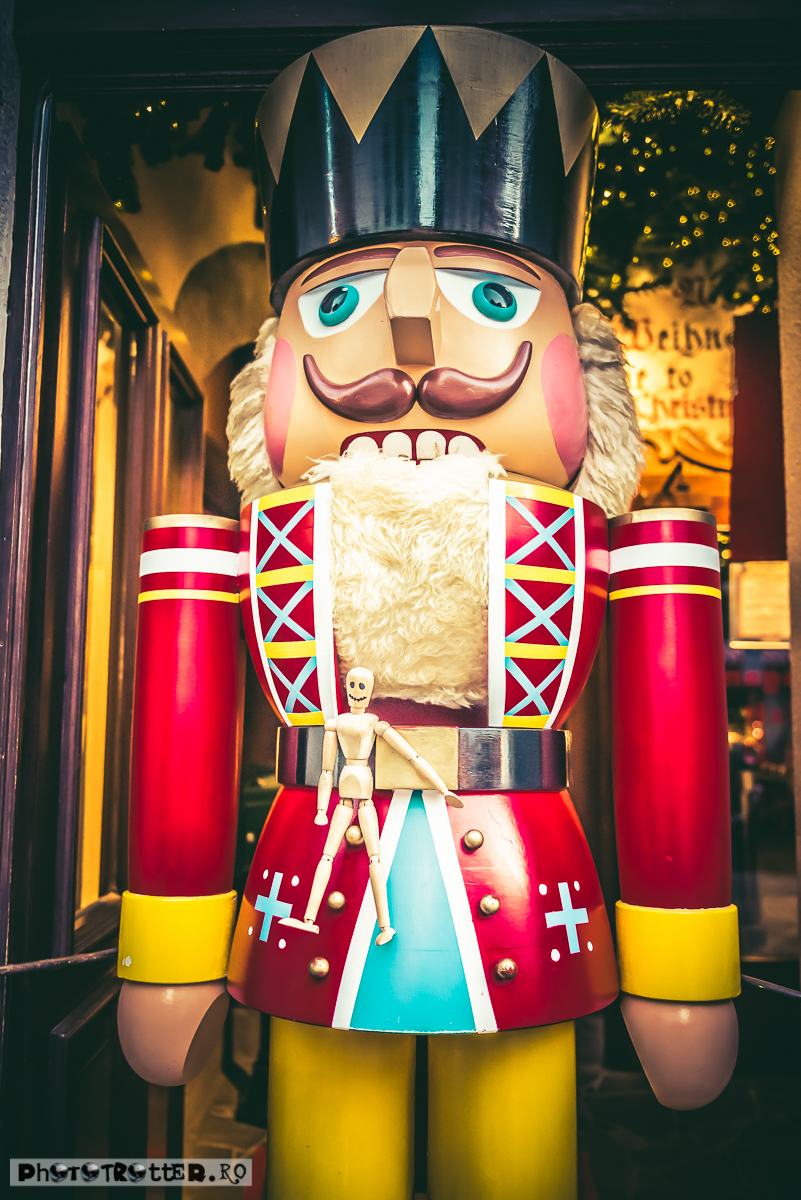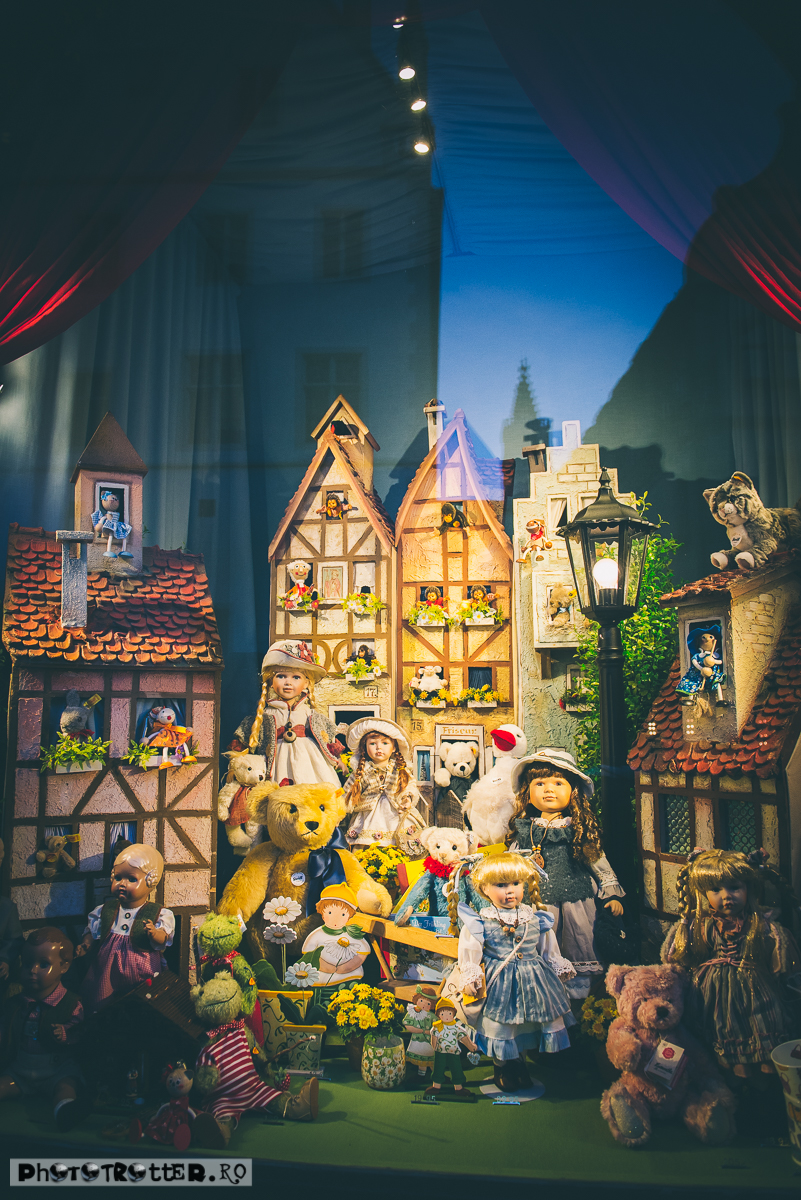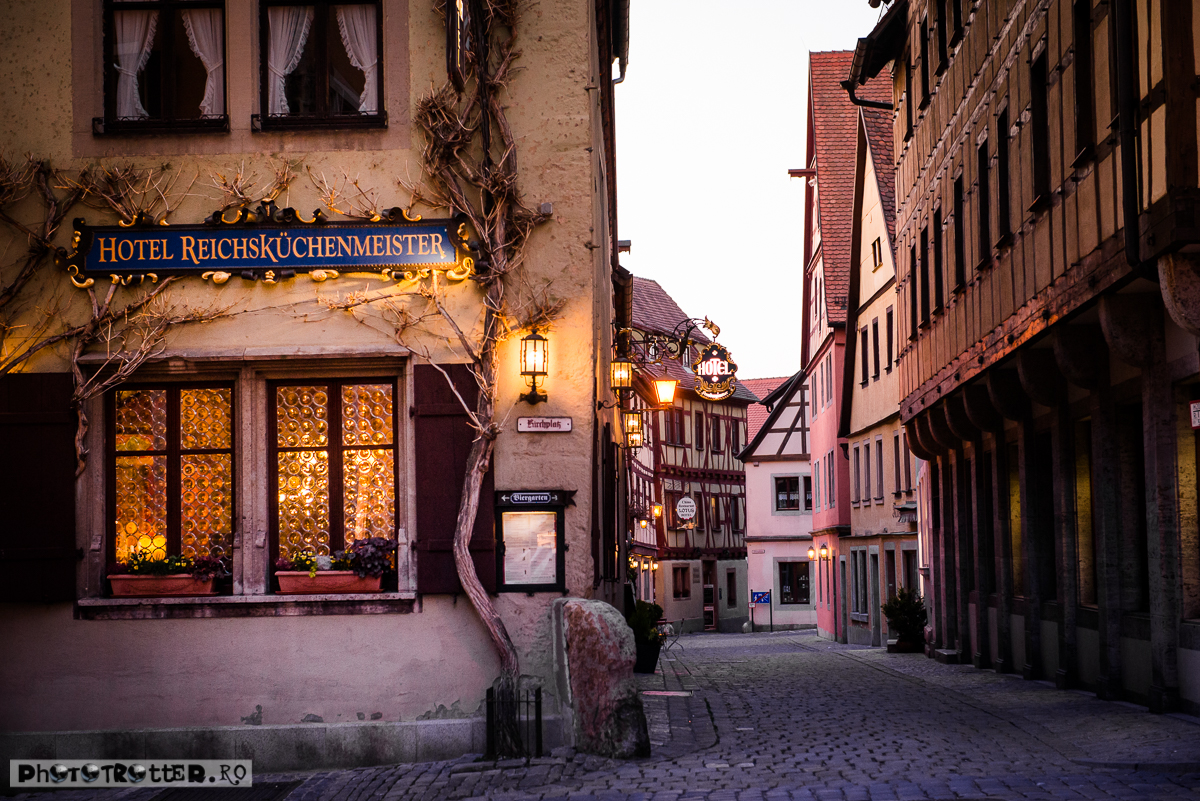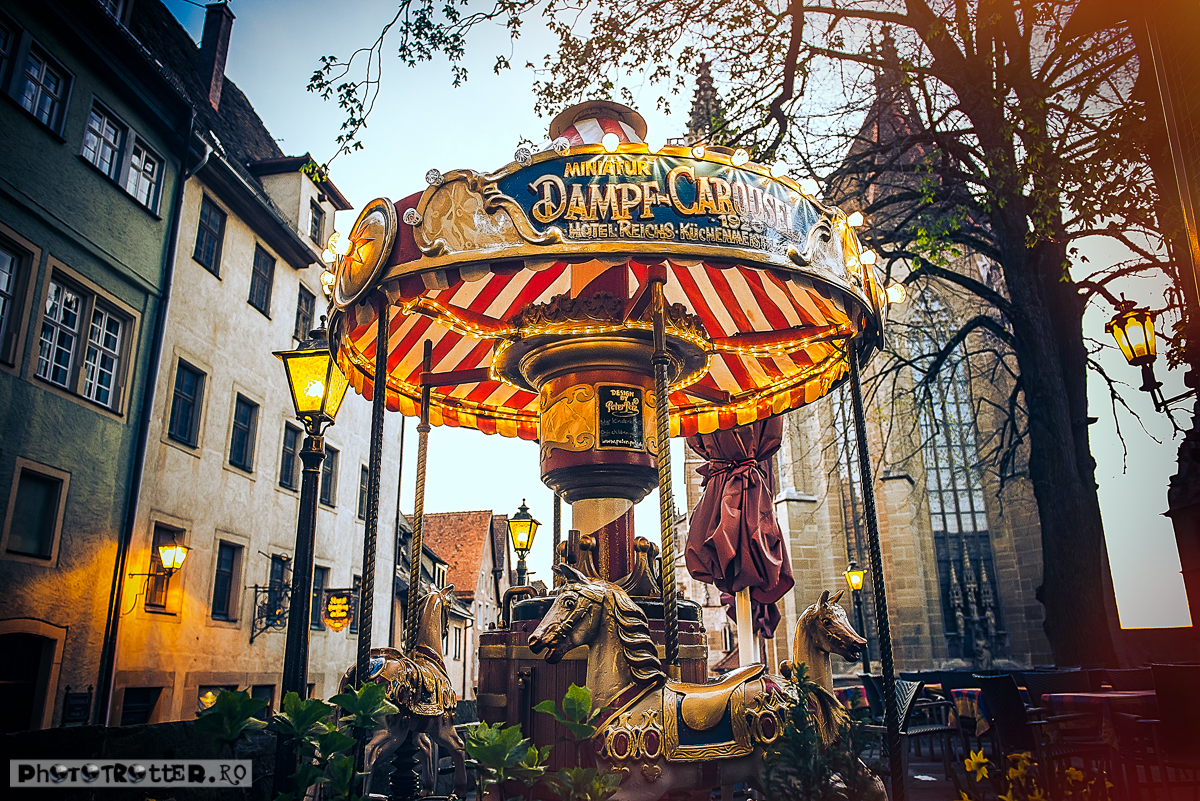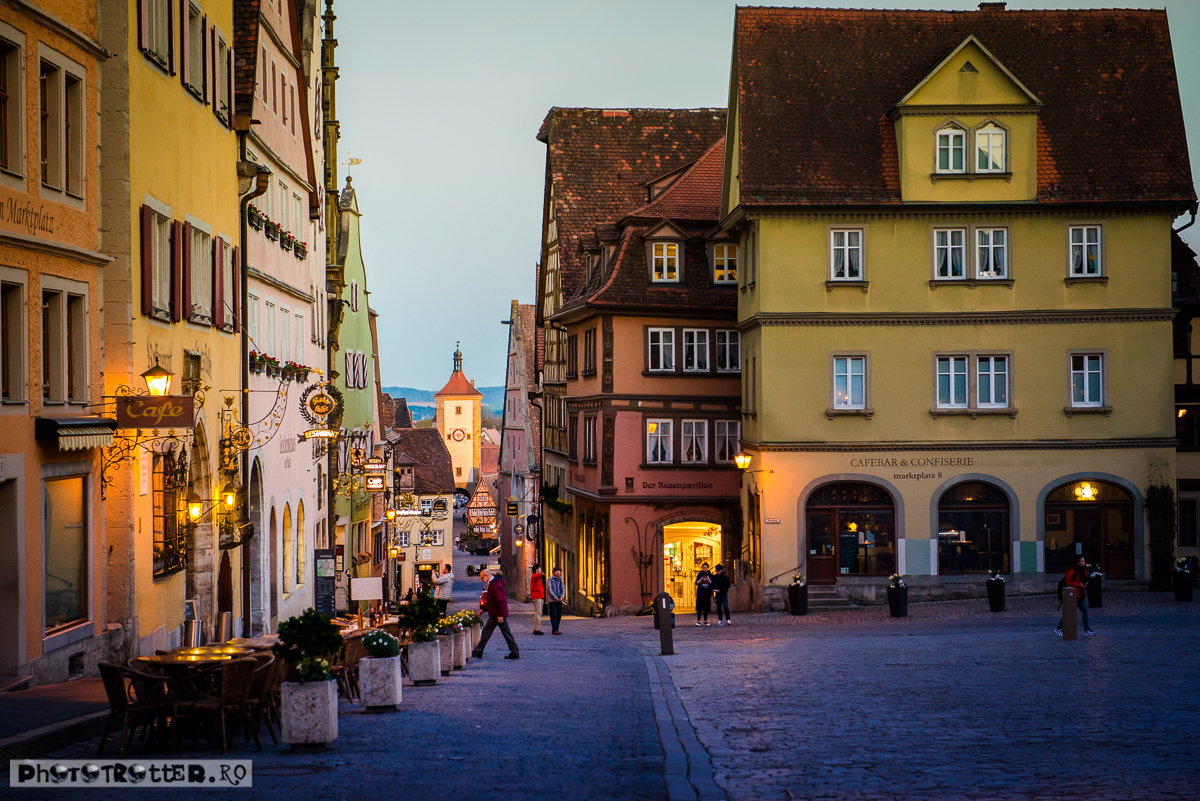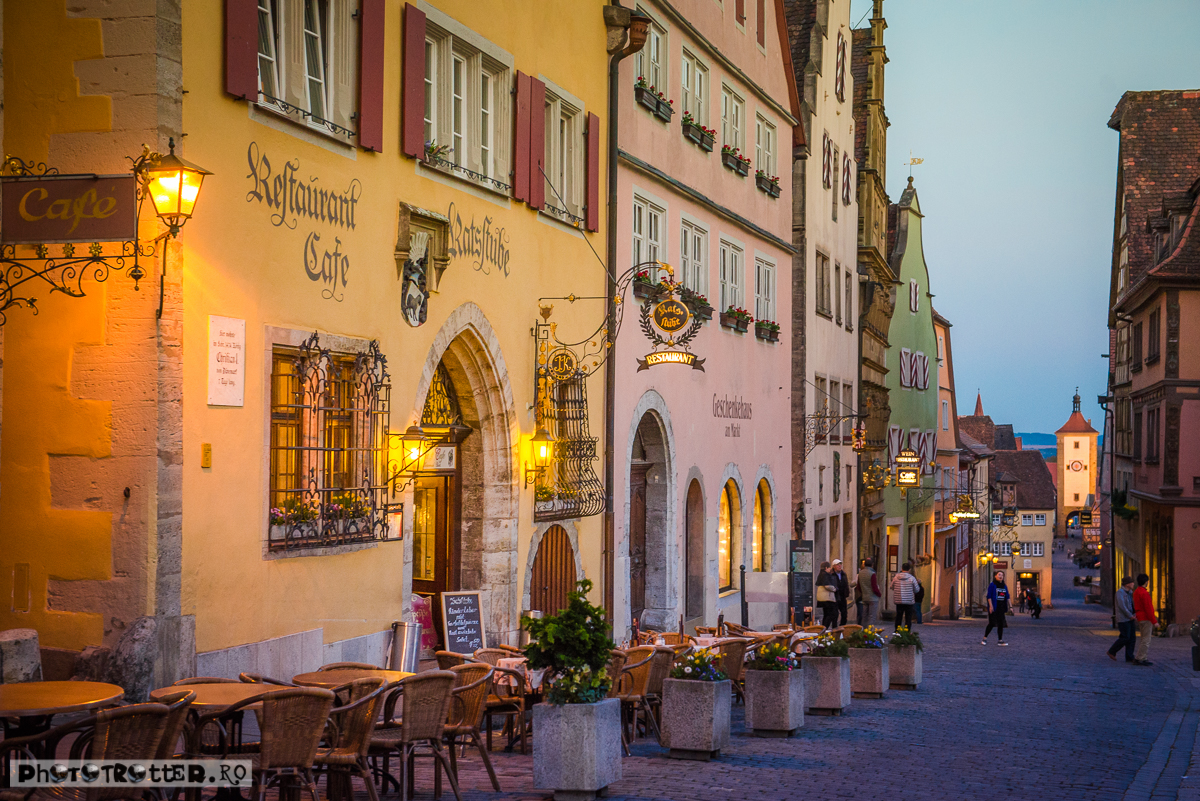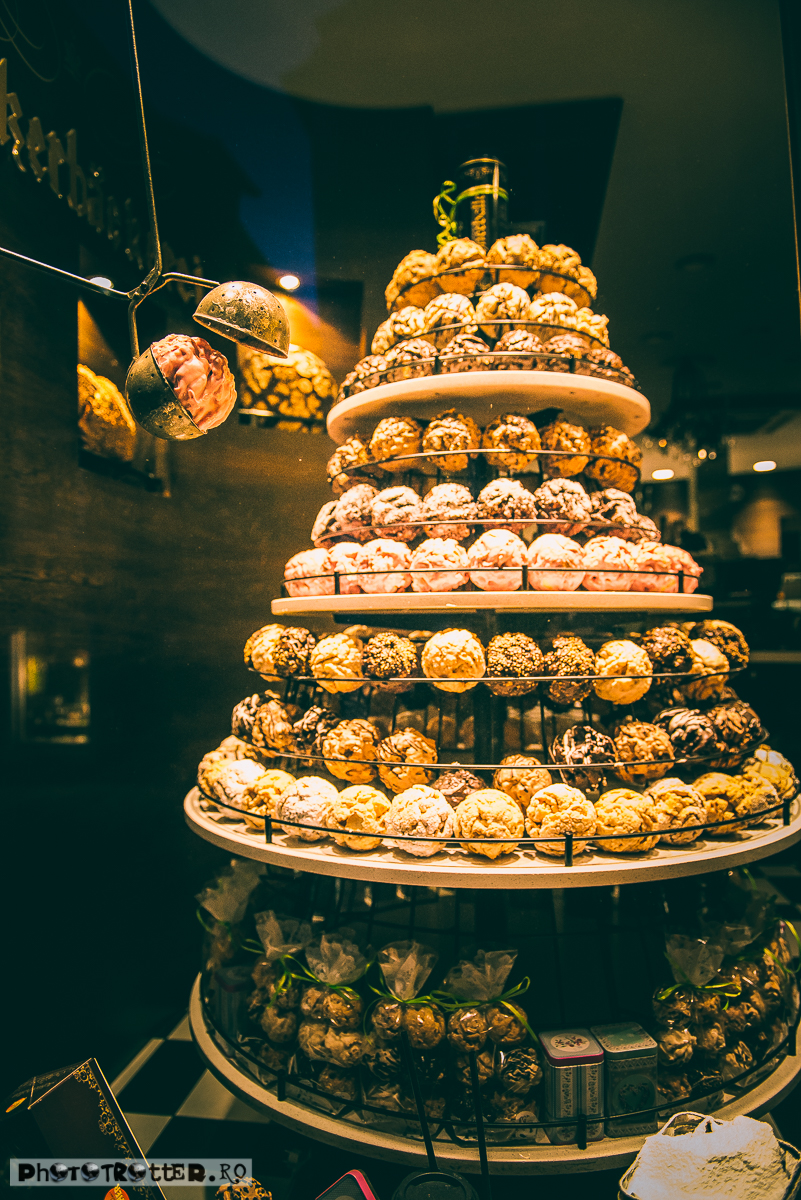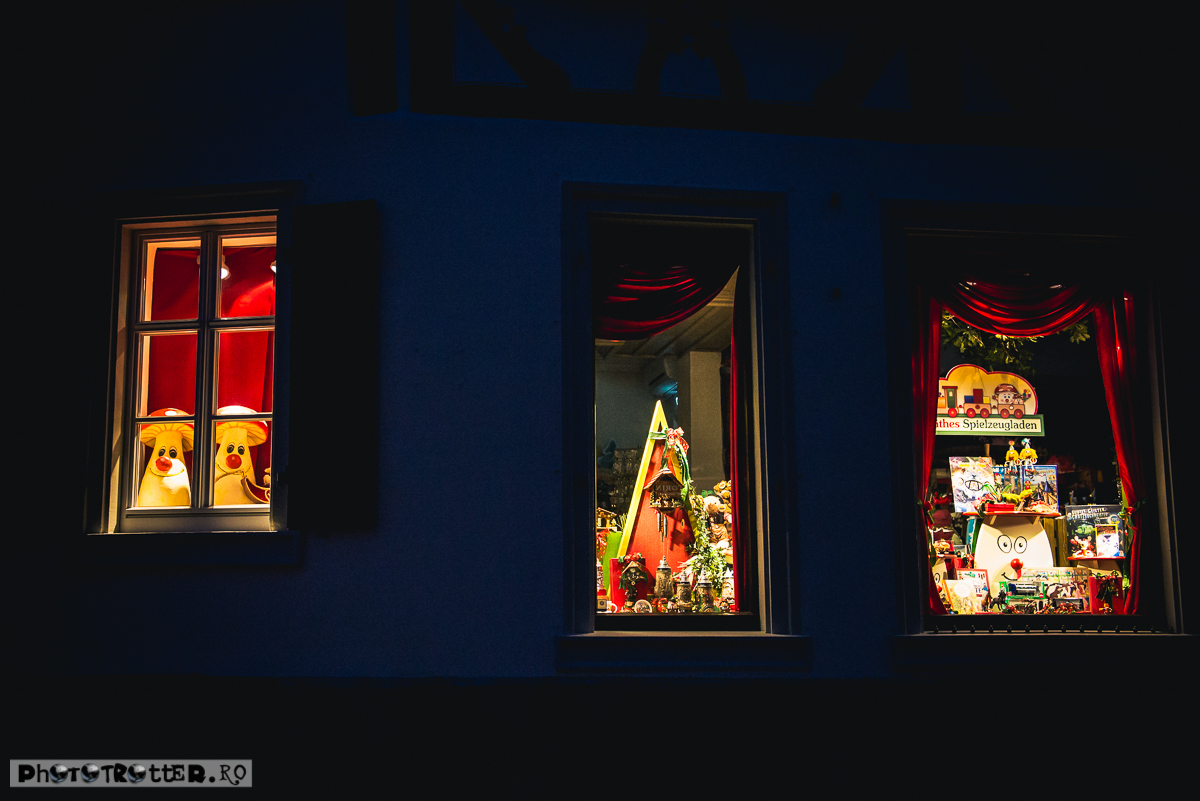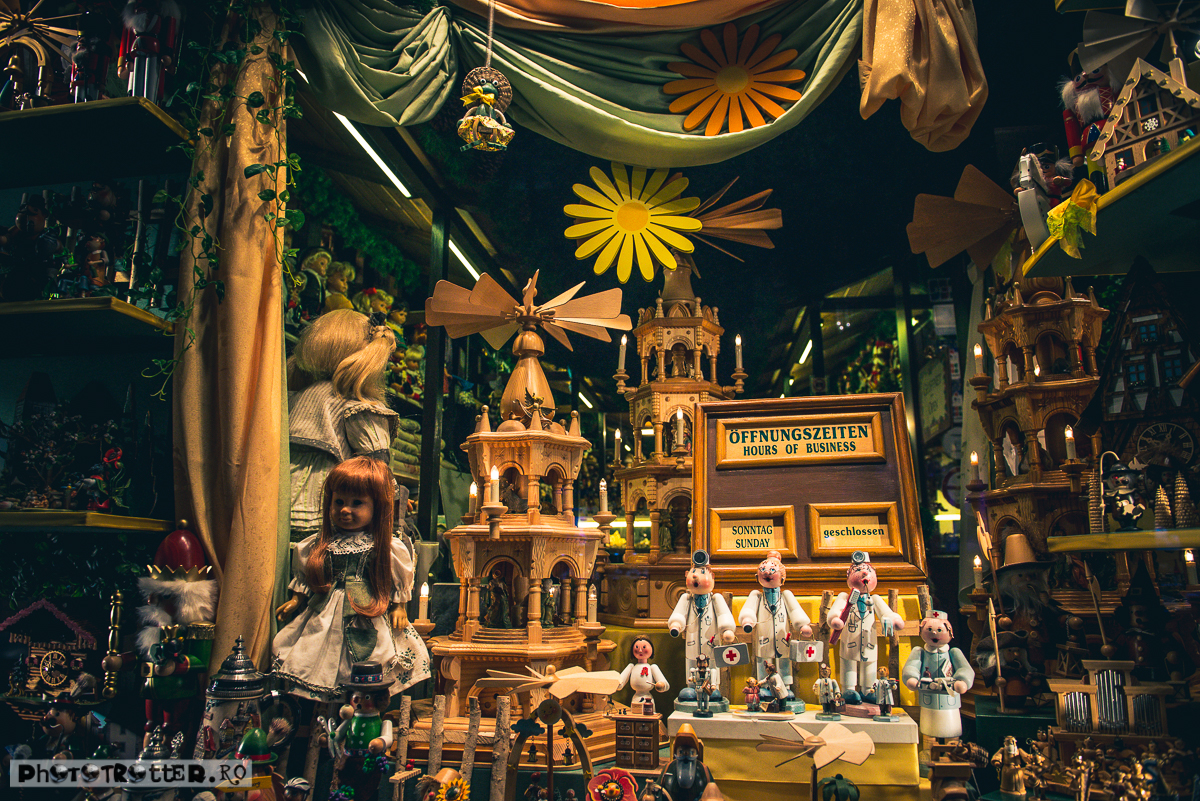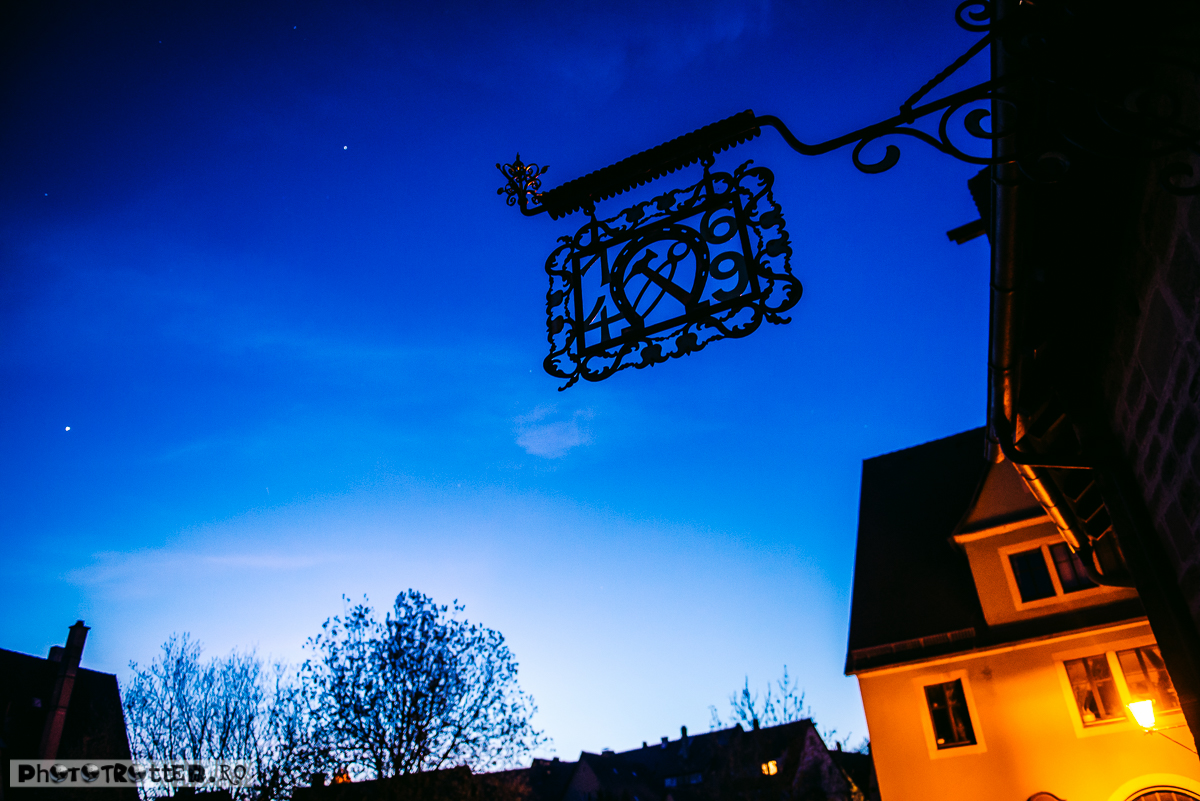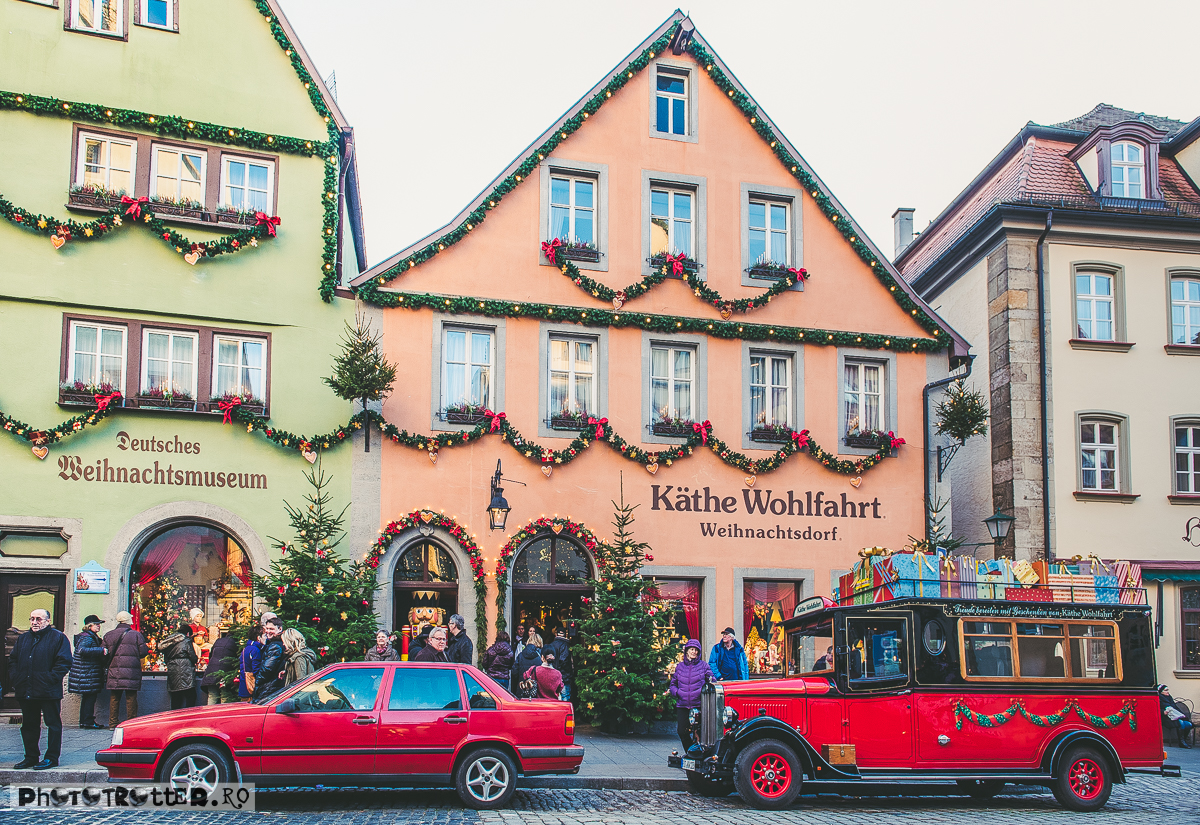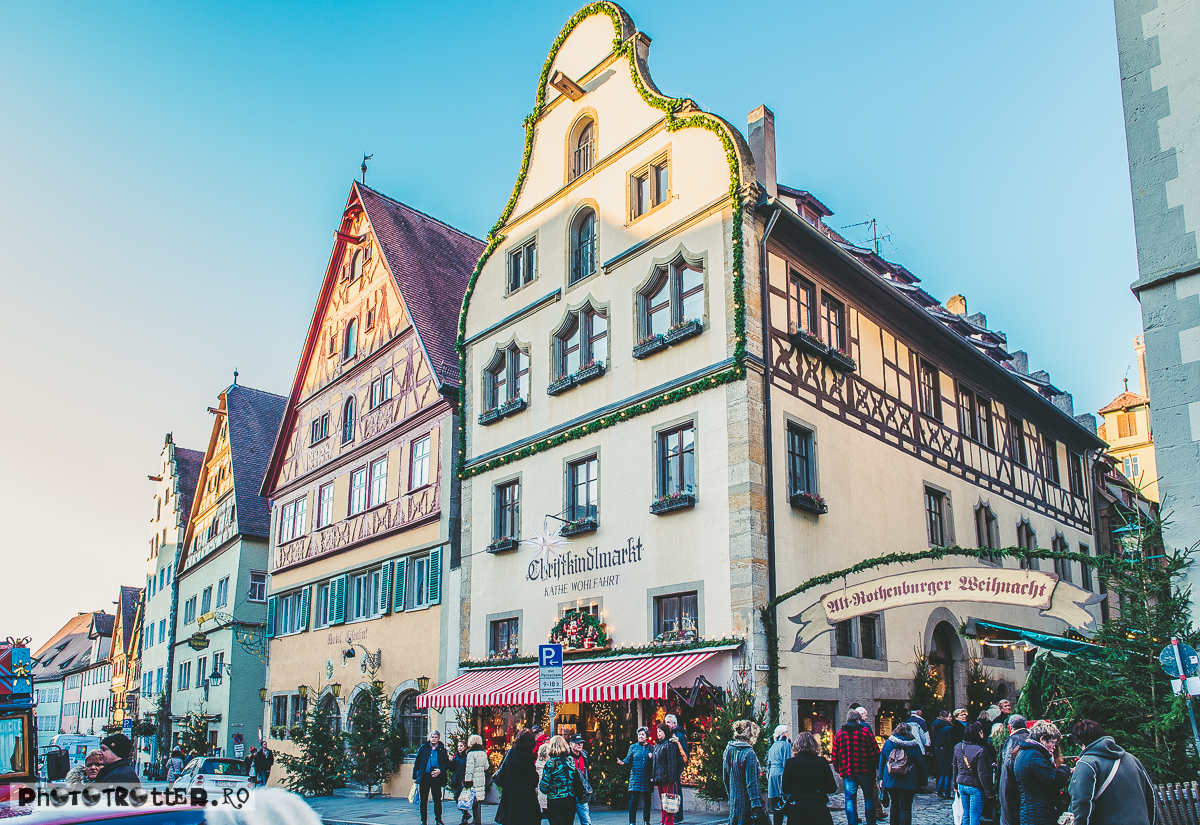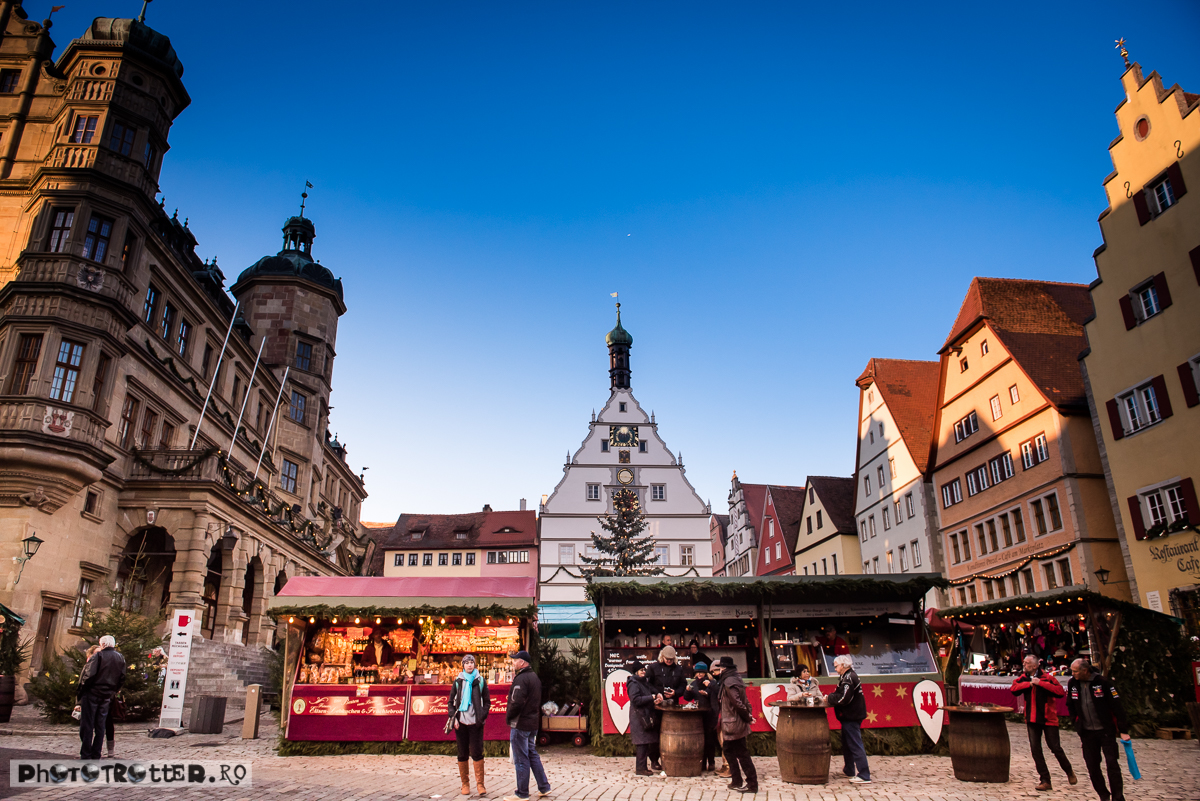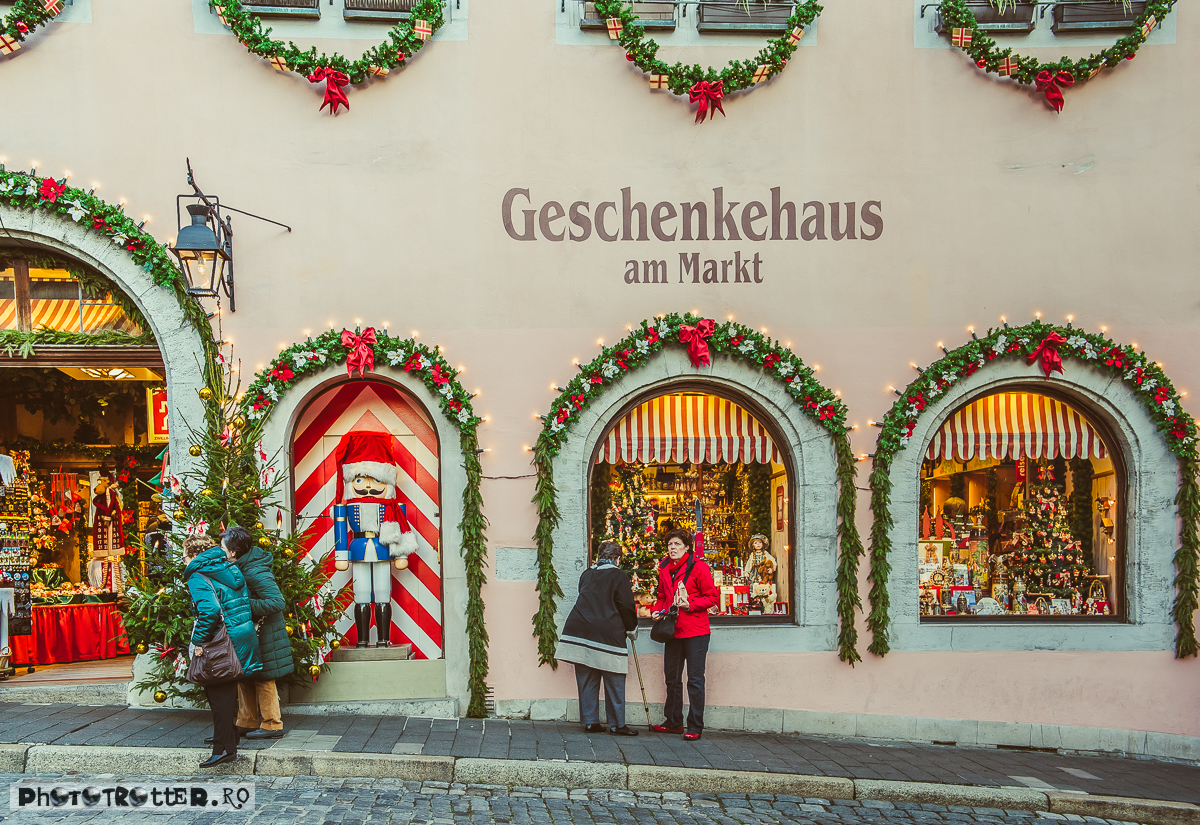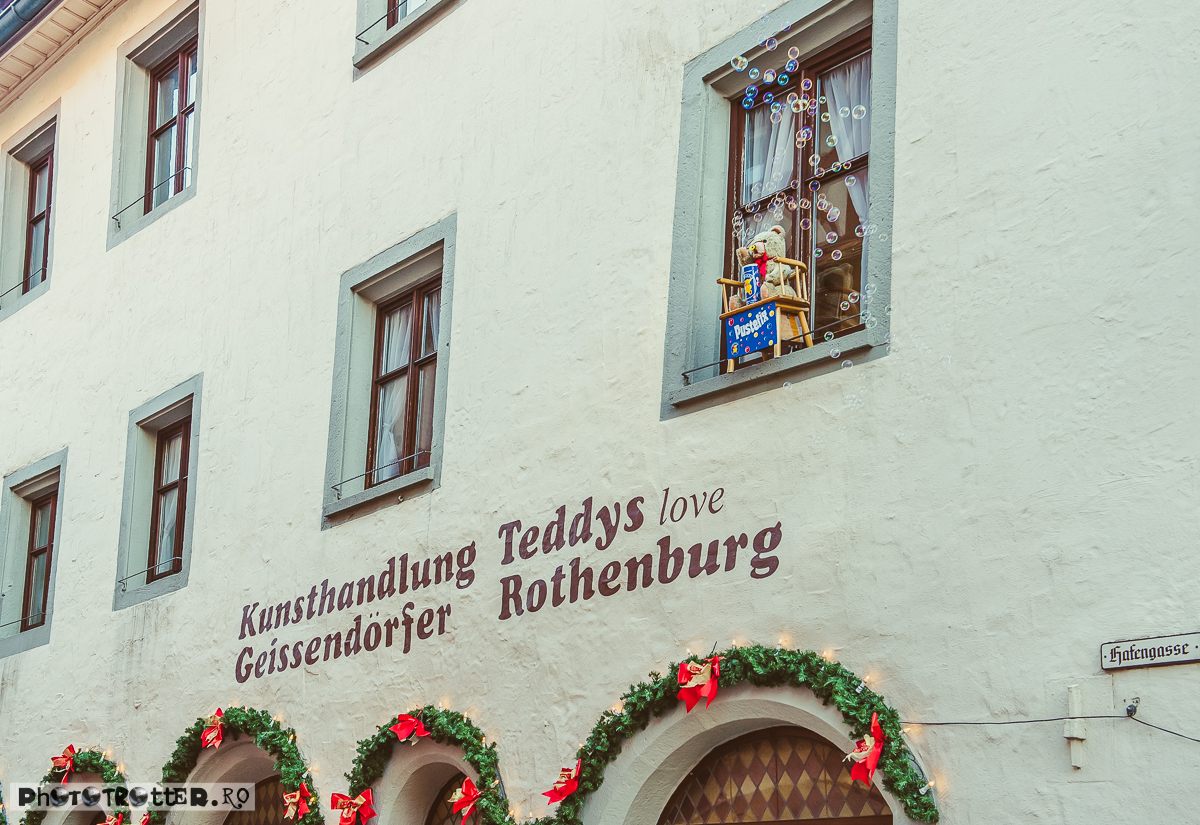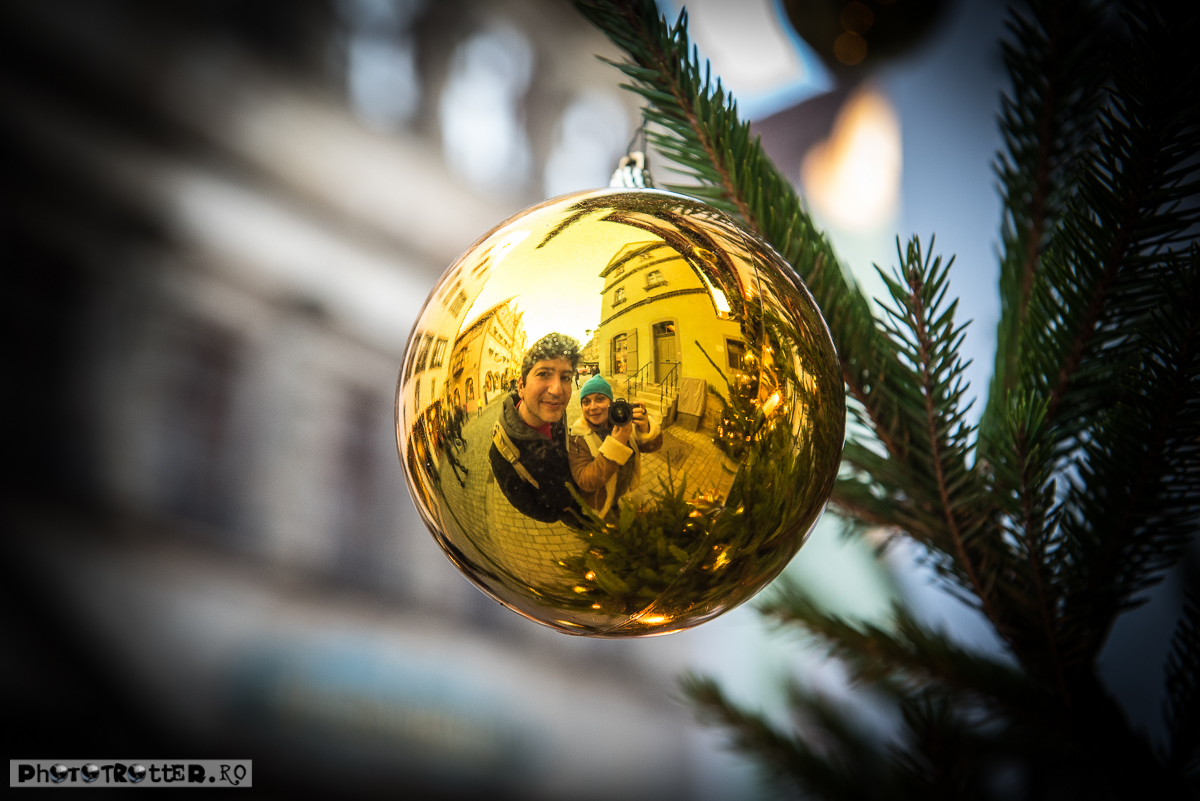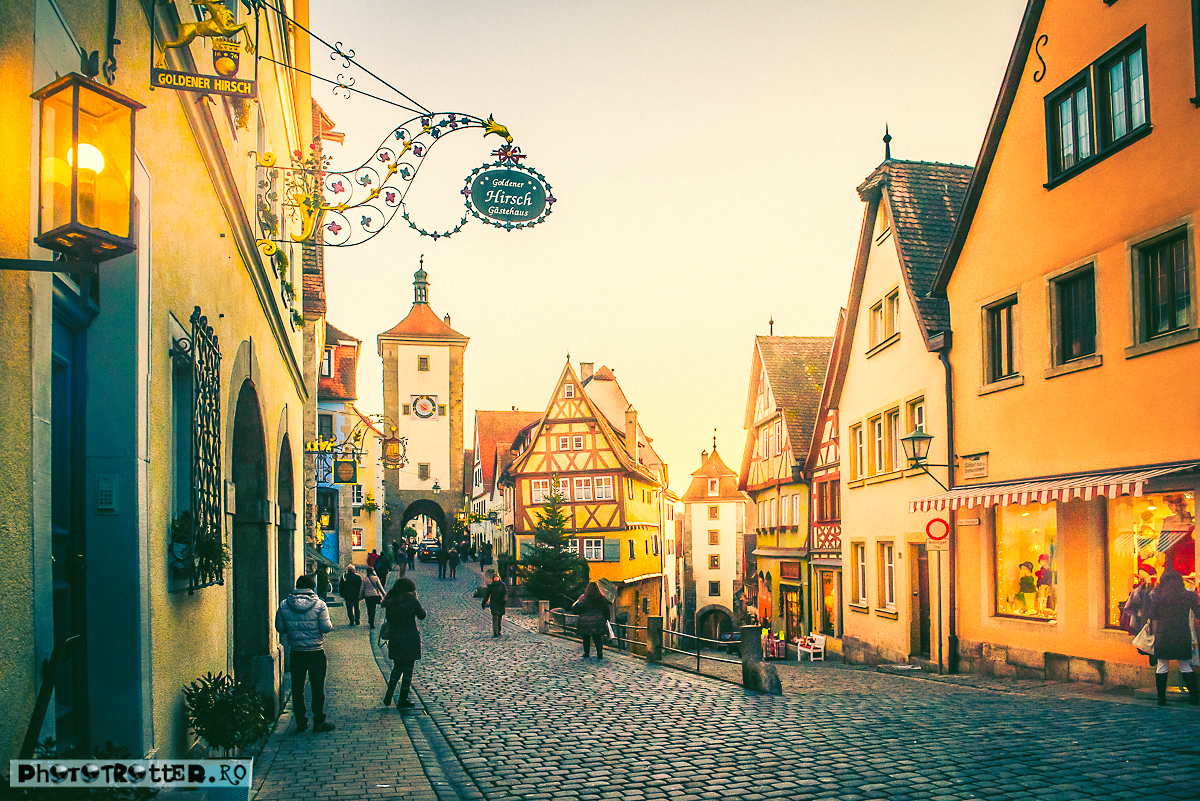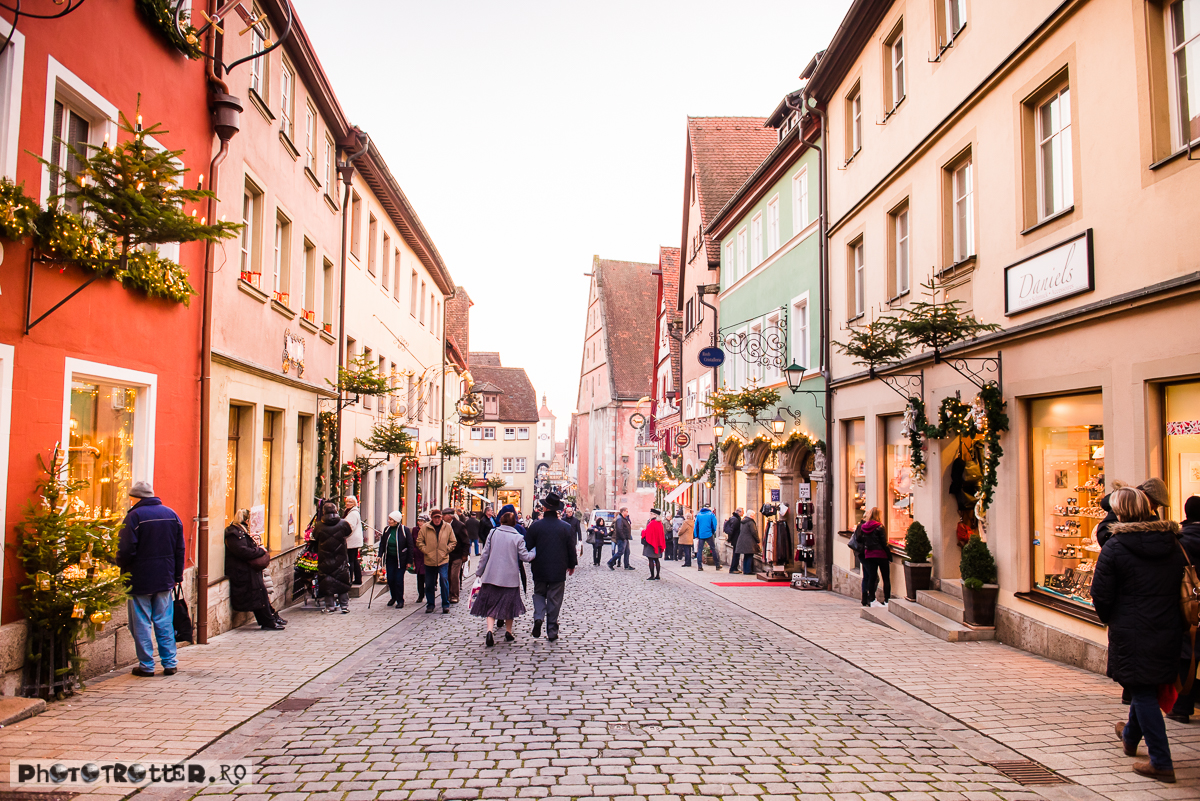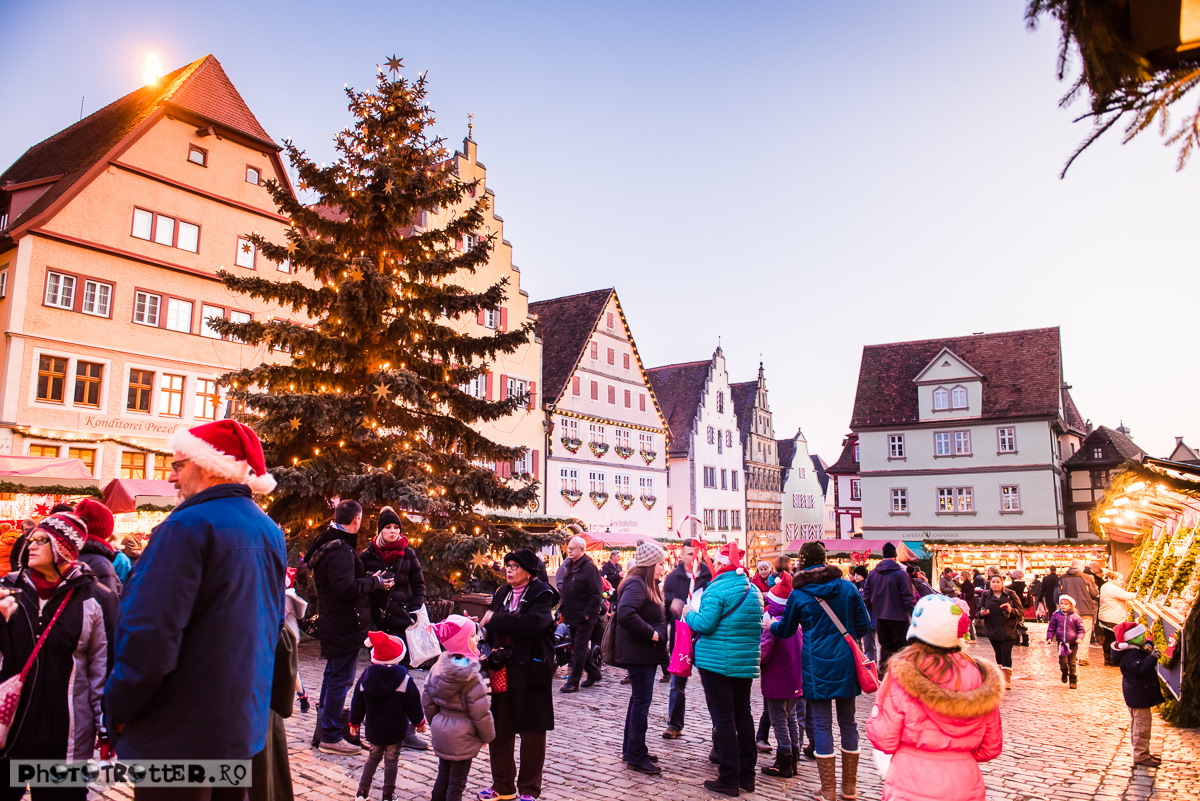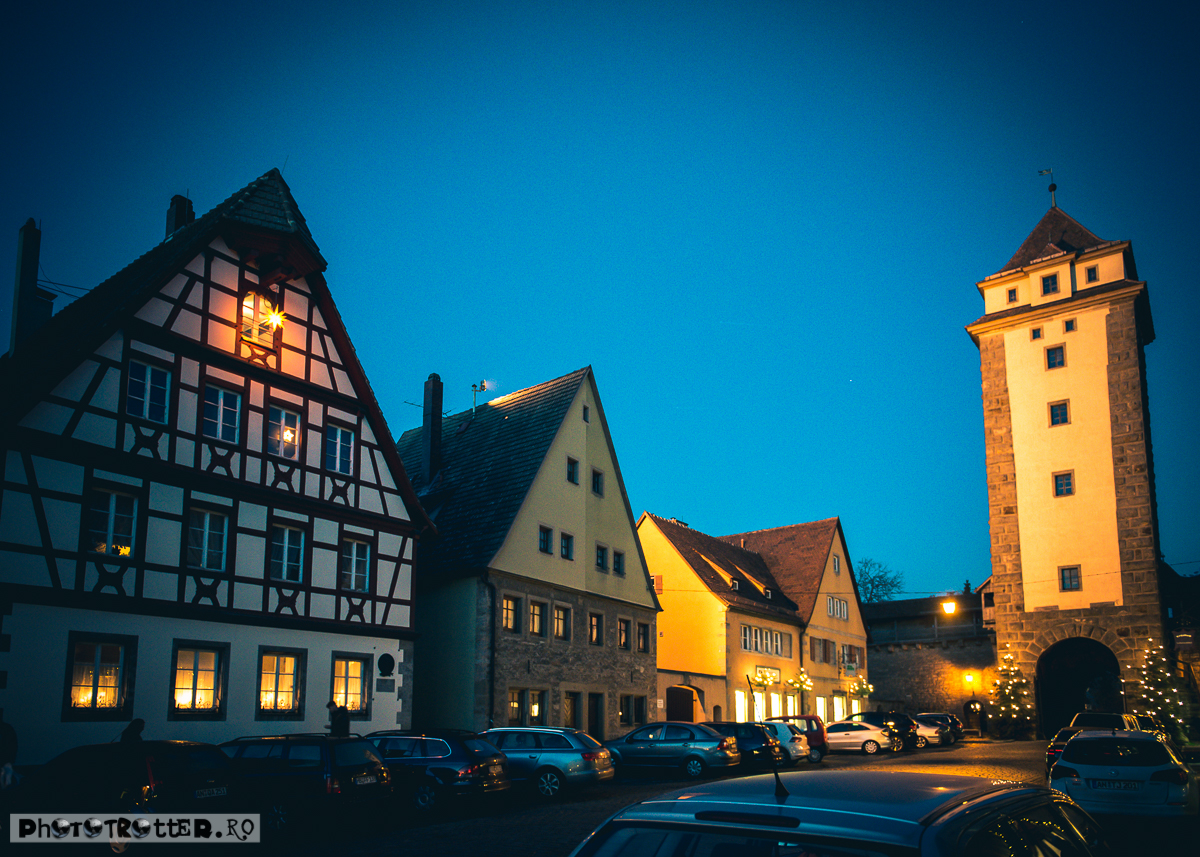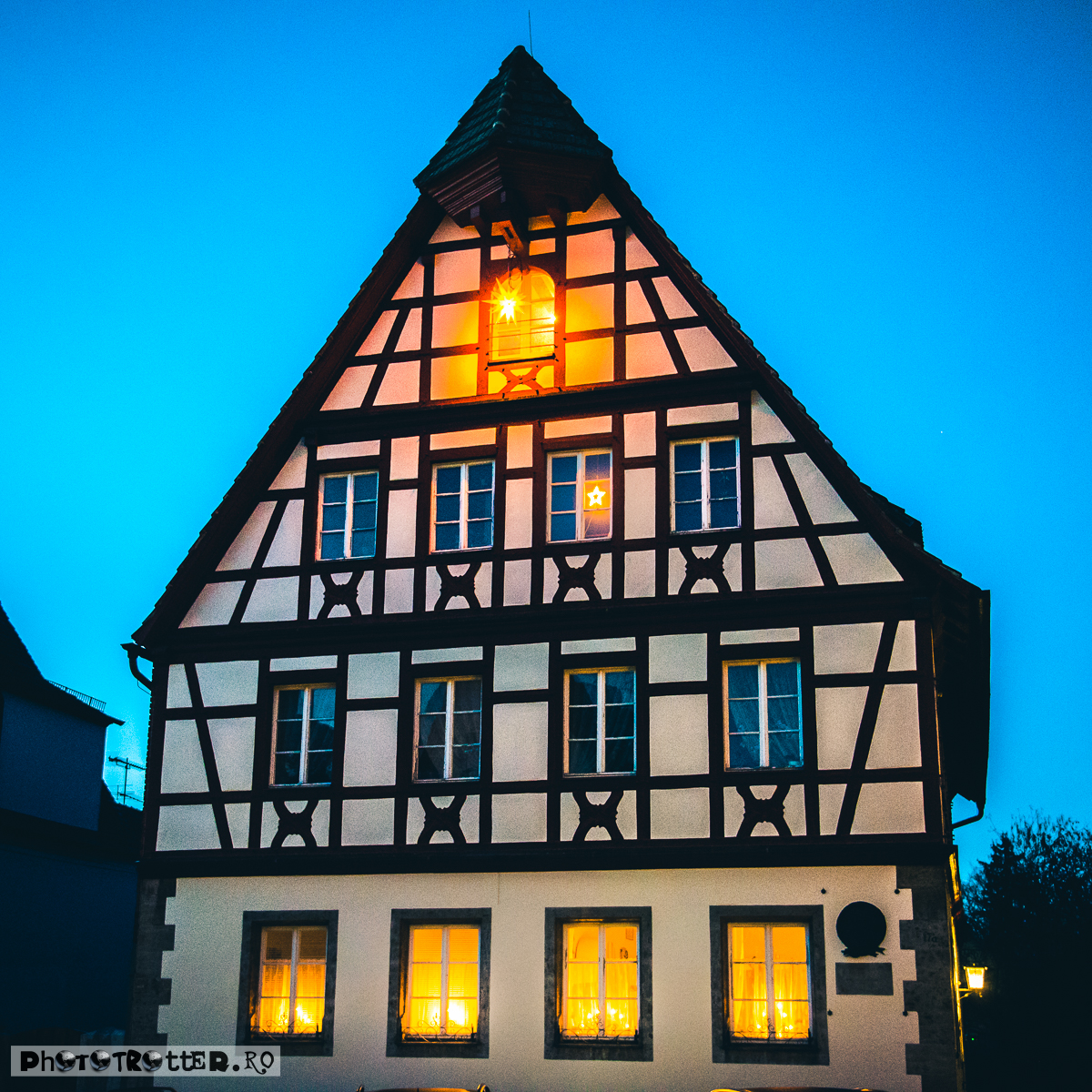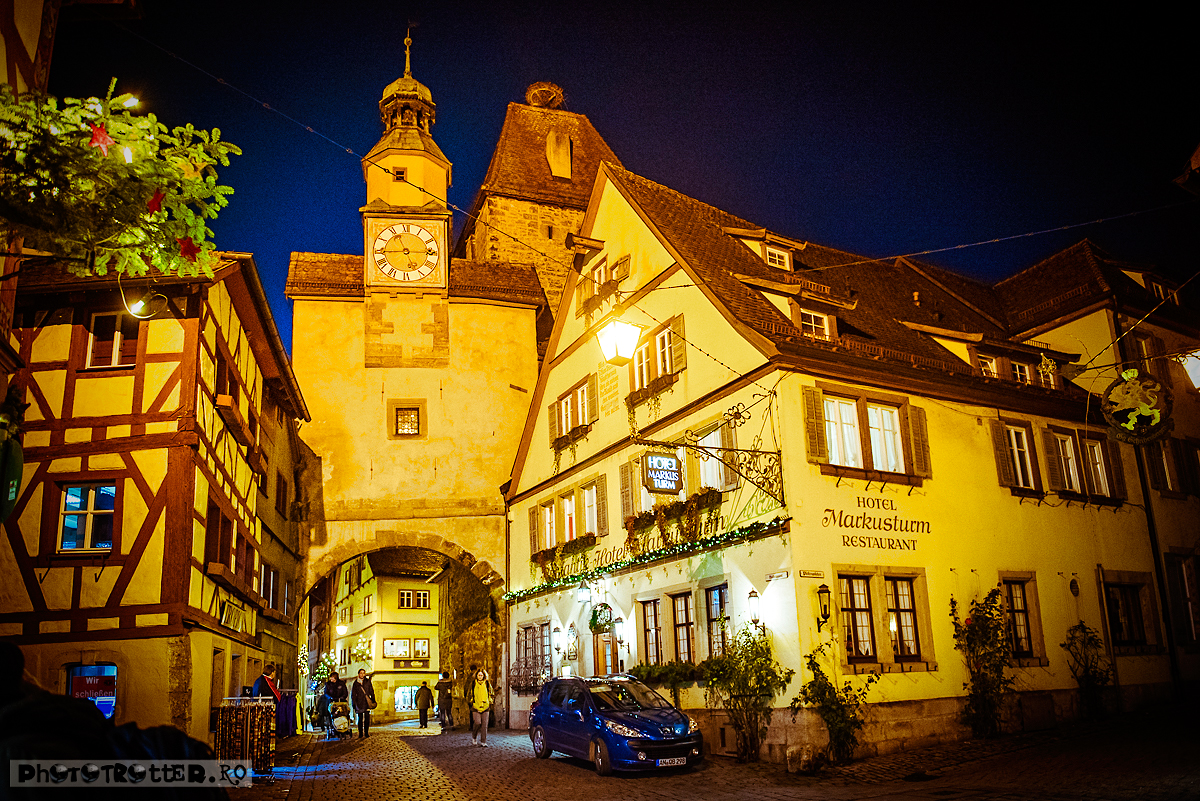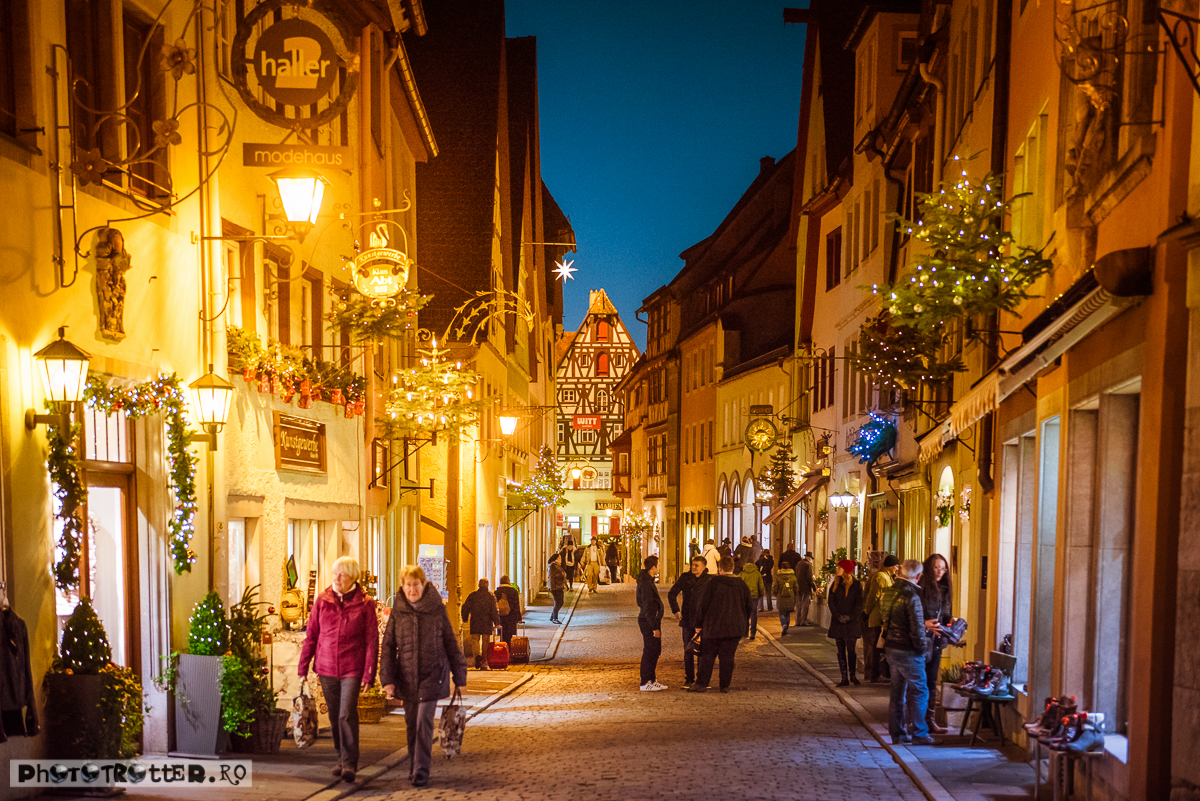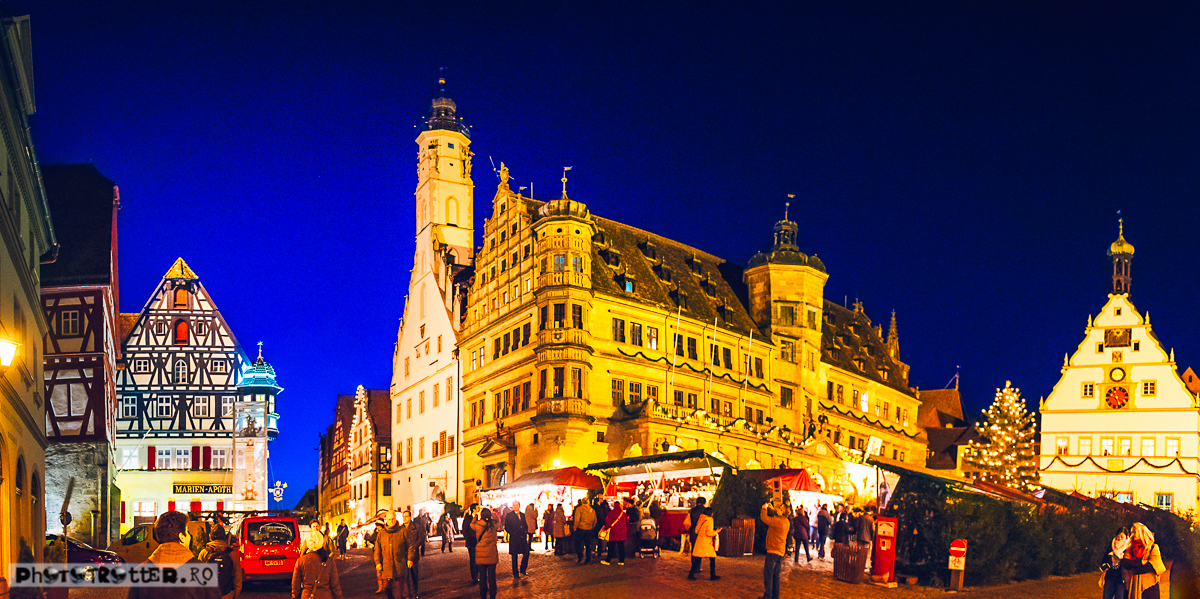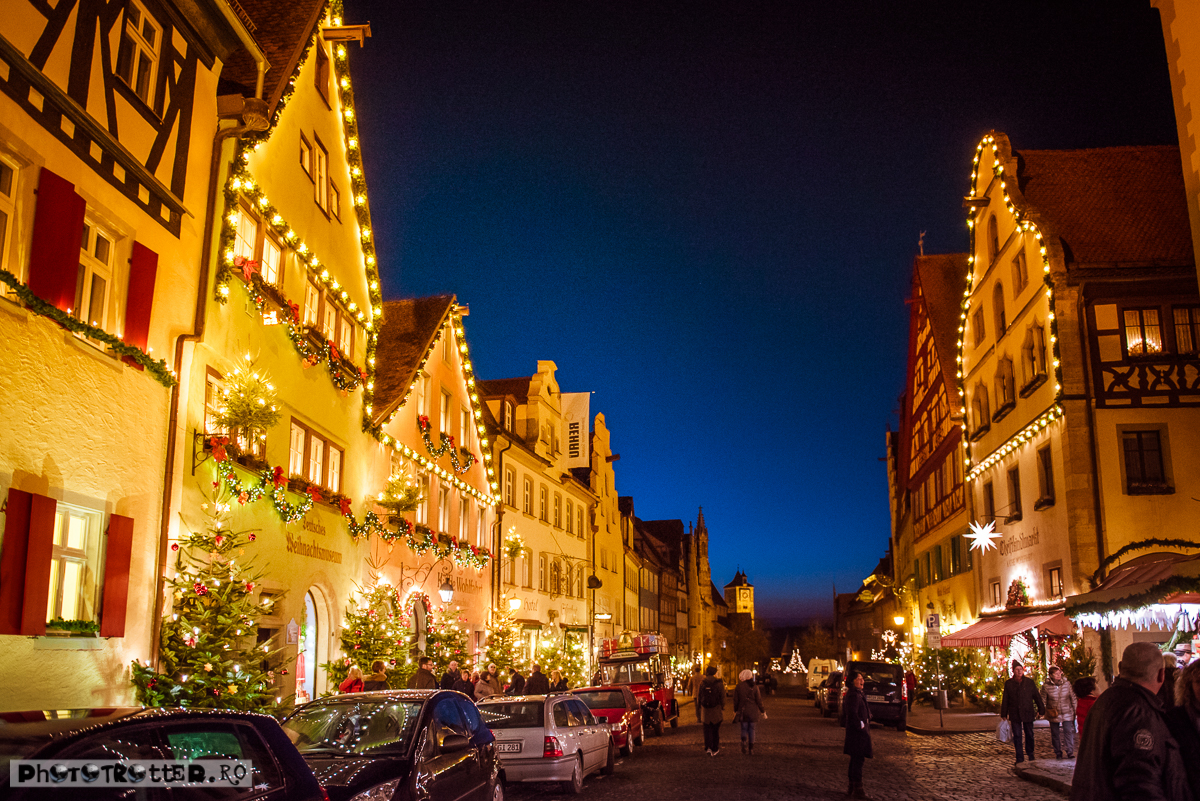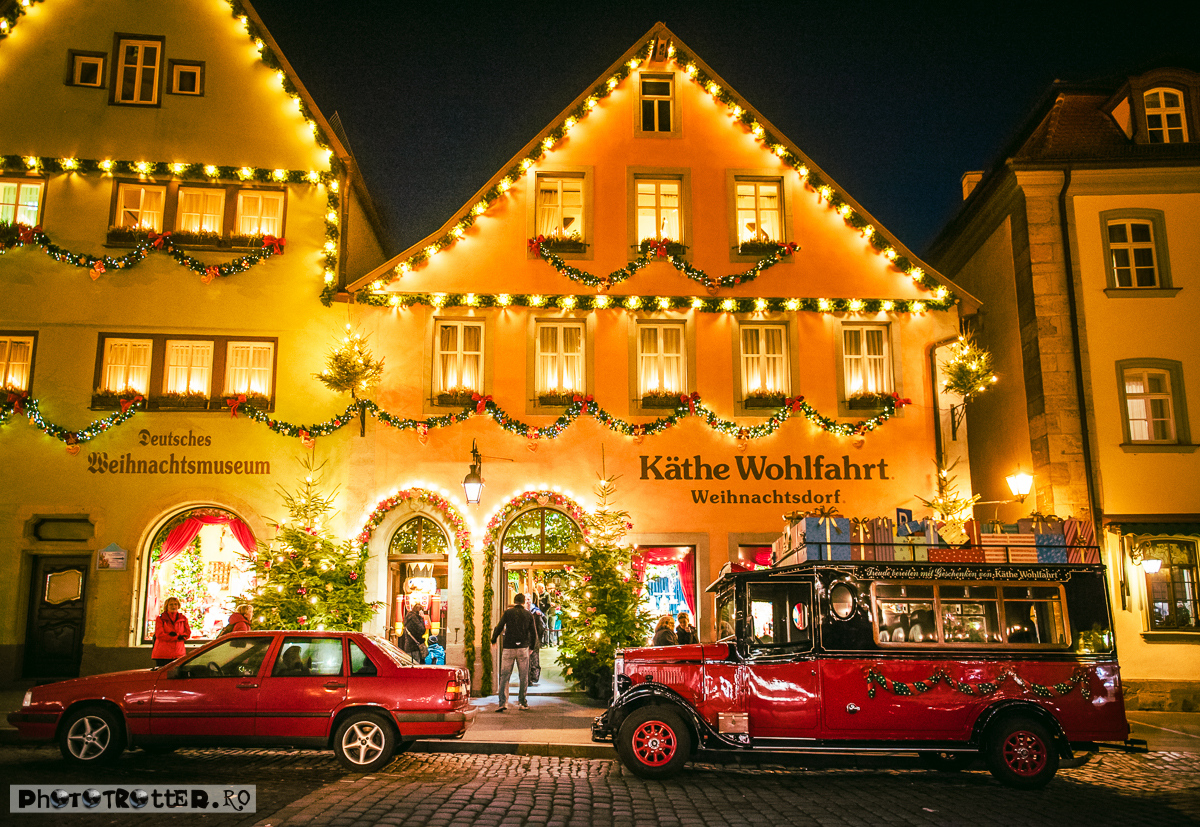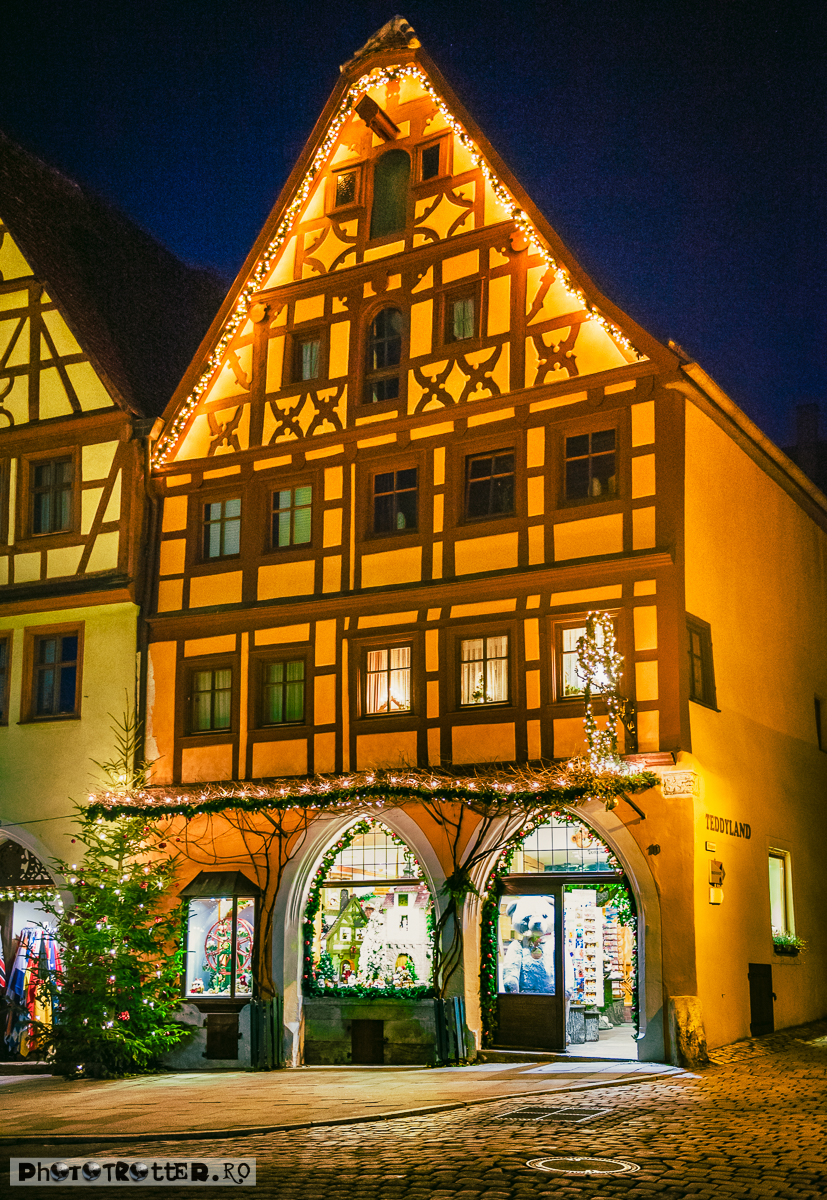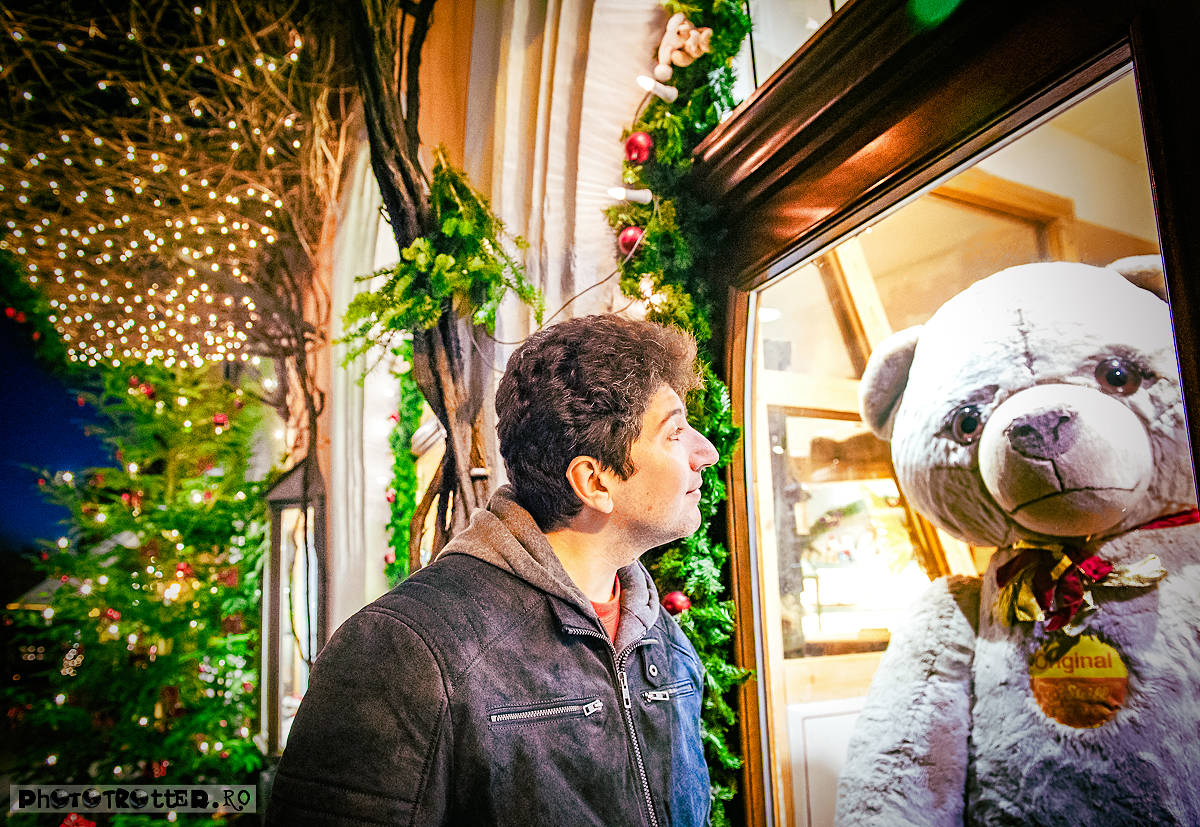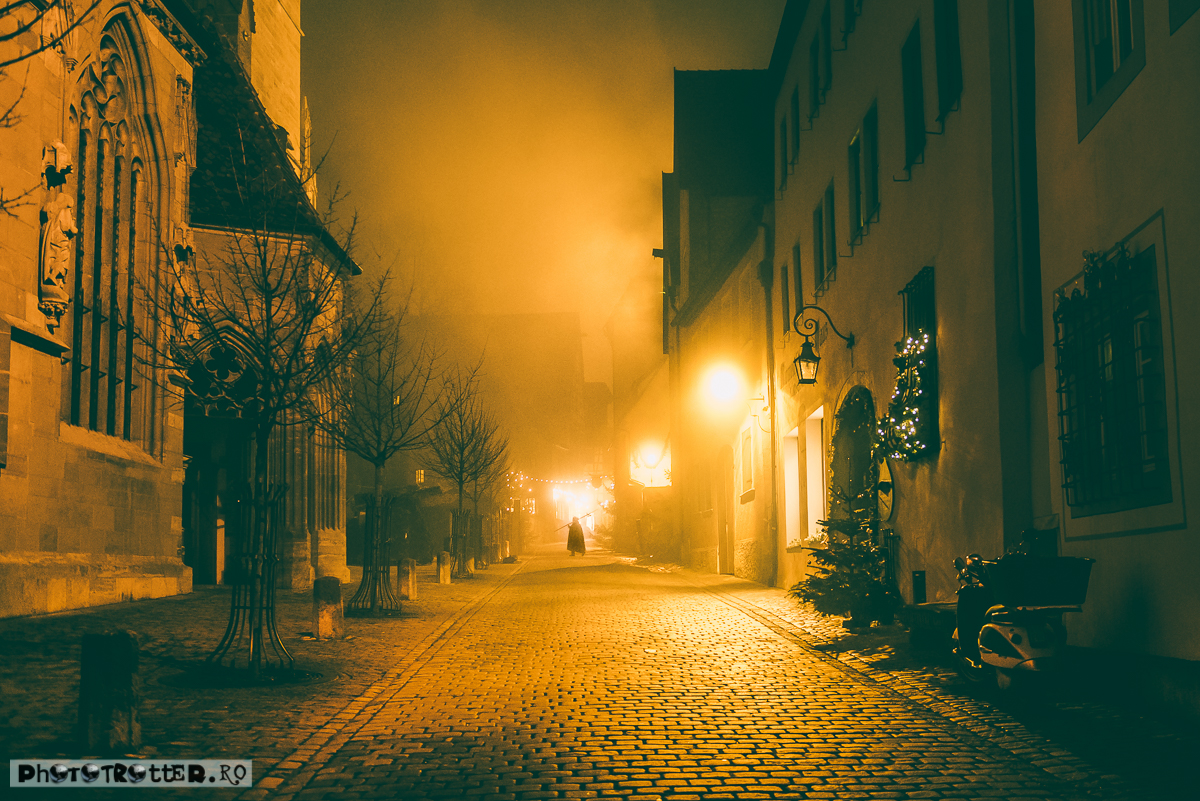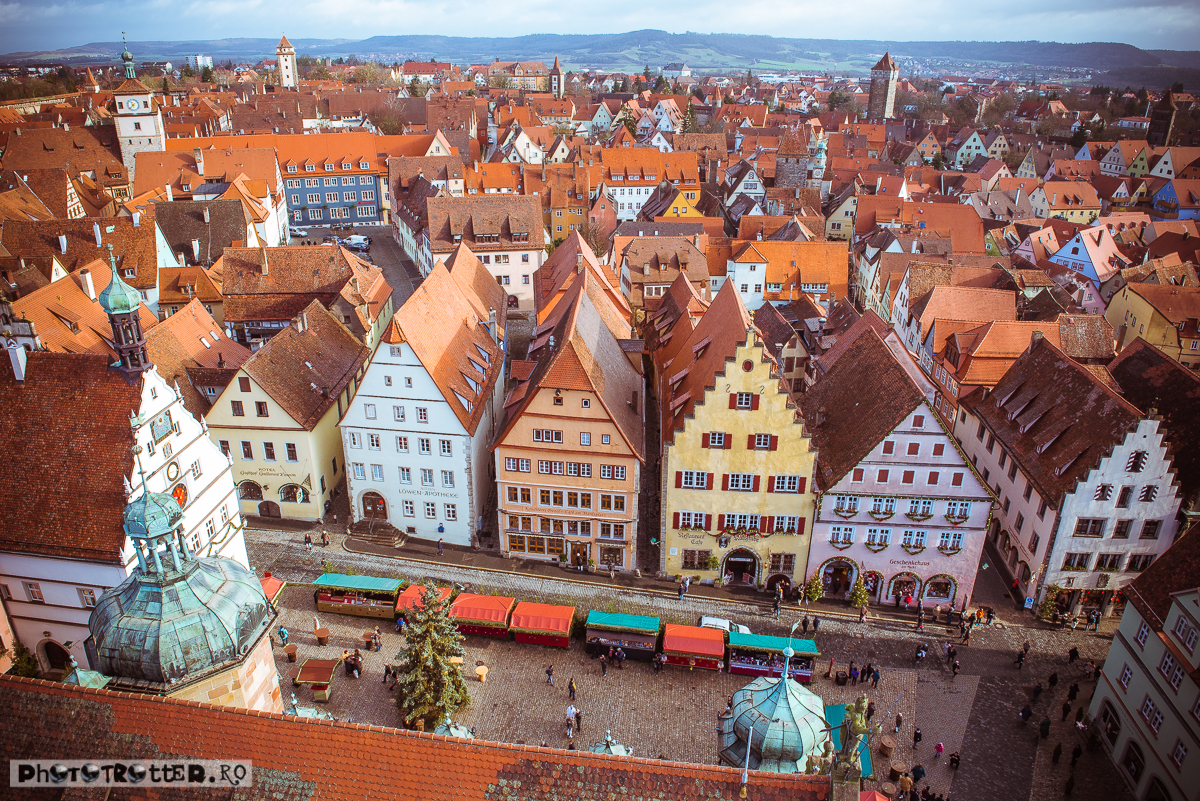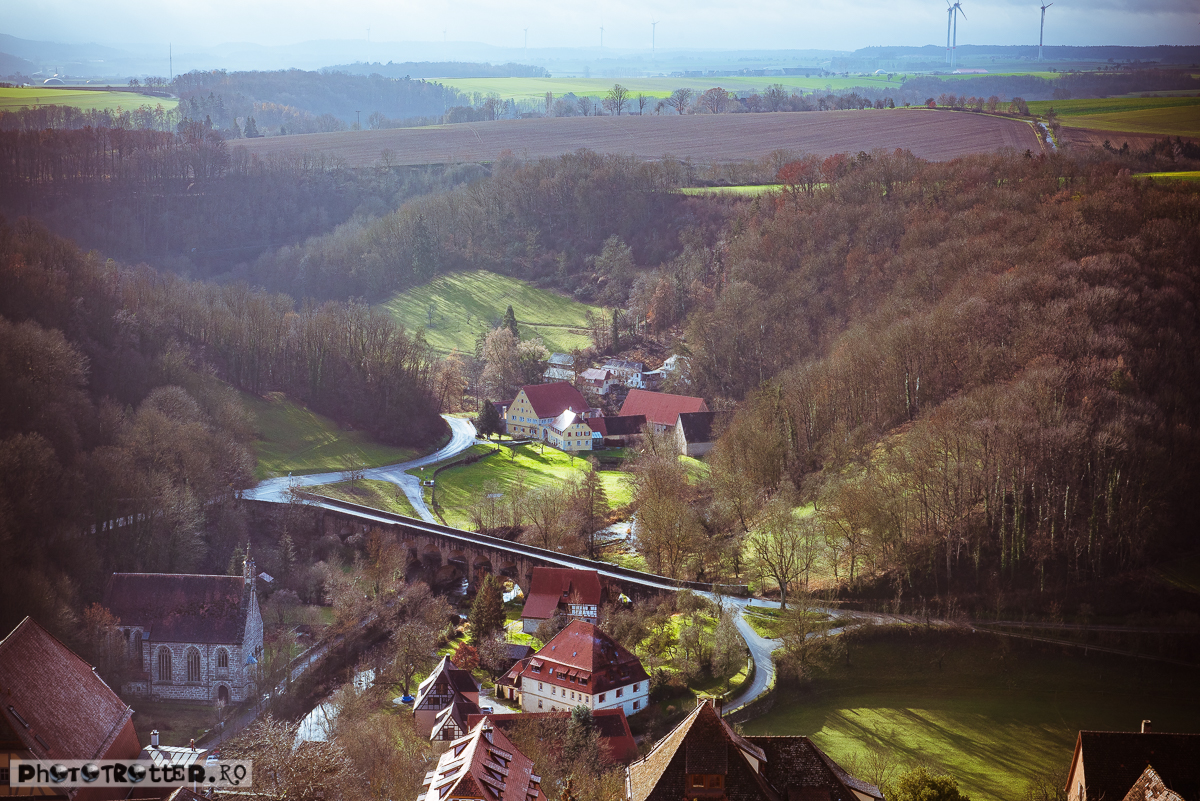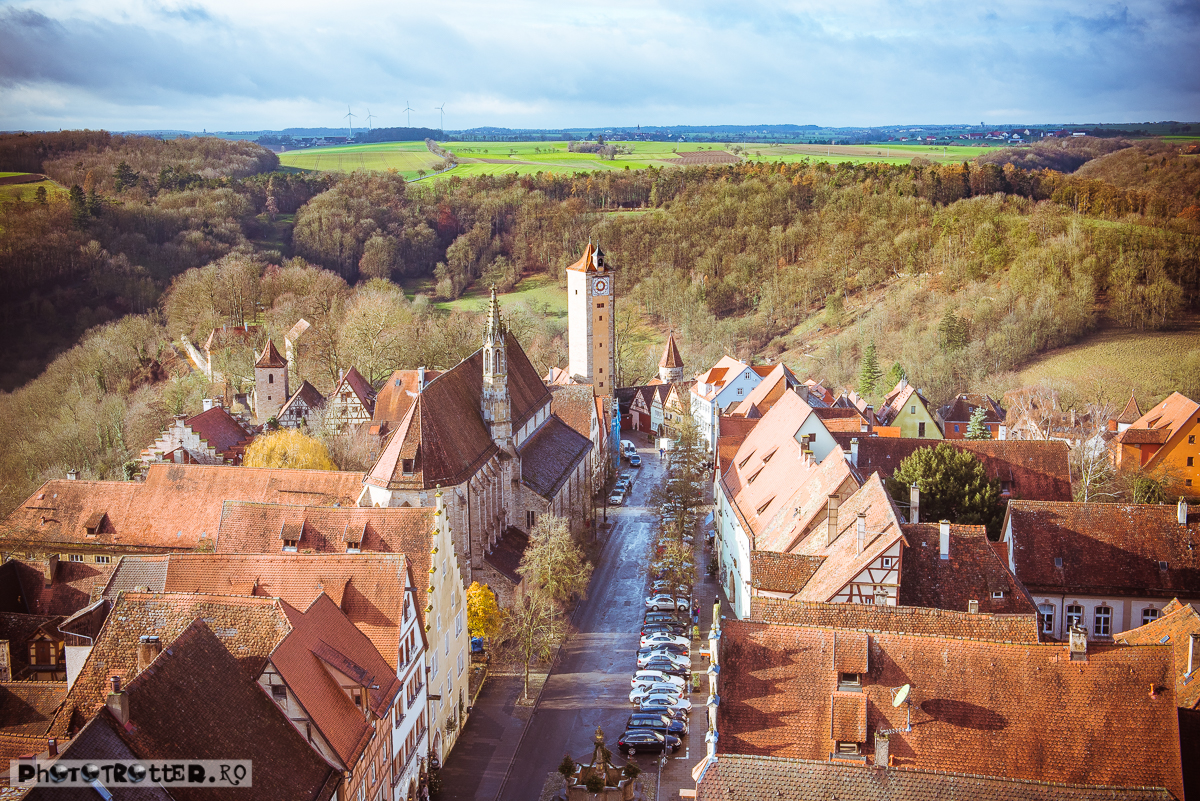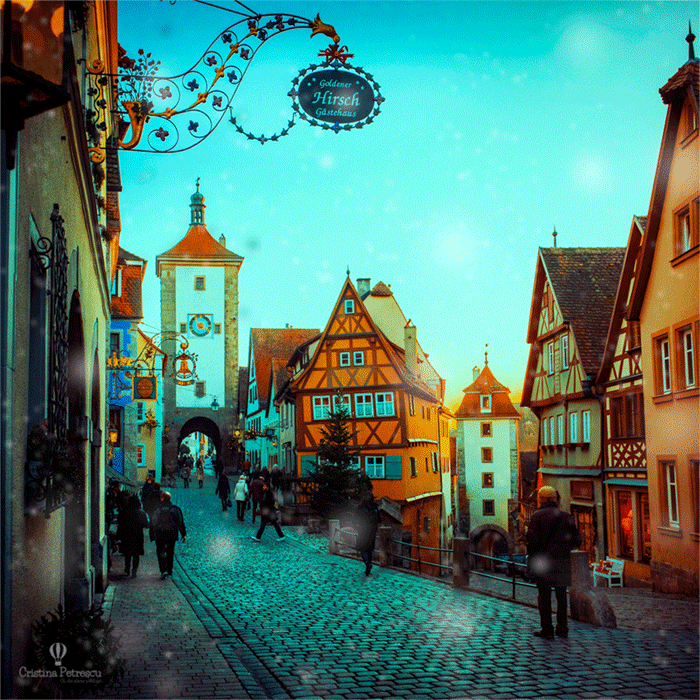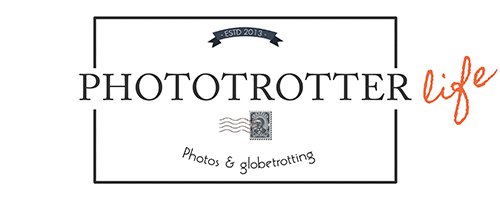Christmas in Germany: Rothenburg, Santa Claus's most German town
When you say 'Christmas', what image pops into your head? Is it a colonial-style cottage, artistically covered in fresh snow, with warm lights and a fir tree that glitters through the windows, cue White Christmas soundtrack and Bing Crosby's slightly cliché ghost?
While being myself occasionally tributary to that image, most of the times I am fond of another visual stereotype: the medieval-looking Gothic town, with Moravian stars in the windows, with fir garlands around the windowsills, with mulled wine, gingerbread and with a Kling Glöckchen soundtrack. Sorry, maybe a little less goth, let's say Stille Nacht instead.
Rothenburg ob der Tauber, the Red Town on the Tauber River, is a typical German medieval town. So much so that the passionate Nazi nationalism declared it "the most German of German cities" and turned it during the 1930s in a pilgrimage place, to show off the traditional values of German family and society.
So fond of Rothenburg was the fascist propaganda, that they quartered troops there to protect the embodiment of the traditional German town... which came very close to be the reason for its wipe-out, as the Americans promptly started to bomb it, since it seemed to be a point of such interest for the Germans. Fortunately, the Americans also knew the historical and architectural importance of Rothenburg, so a compromise was reached, and the Germans surrendered the city, provided it was not completely destroyed. And the old town has (barely) survived, and now it is close to a thousand years old.
Of course, Rothenburg ob der Tauber is not the only genuine German medieval city. In Bavaria and Baden-Württemberg you can see them all around the place especially on the "Romantic Road" of the medieval castles and boroughs. Regensburg, Nördlingen, Freiburg, Monschau, Wernigerode and even Nürnberg are just a few of the most popular examples. What makes Rothenburg so special is that it is the city of Santa Claus. All year long.
Käthe Wohlfahrt began in the 60s the production of traditional Christmas decorations (including the traditional musical boxes, the ones which actually started the whole story, as a result of being an object of fascination for the American officers based in Stuttgart). Since then, the name Käthe Wohlfahrt has become synonymous with the classic German Christmas atmosphere. Her workshops produce mountains of decorations that are sold in many German cities and Christmas markets.
Rothenburg, which has been the headquarters of these Santa Claus workshops for almost 50 years now, even has a Christmas-themed museum/store, open all year round. Be it Easter or blasting July heatwave, the Christmas museum has the same enchanting atmosphere as one gets from the stories of Andersen or ETA Hoffman. In fact, speaking of the latter, one of the most representative objects of the Käthe Wohlfahrt workshops is the traditional nutcracker, in the form of a wooden soldier, which can be found in all sizes and variants.
Sad bear in spring, because Easter time is bunny time.
A little brighter bear, at Christmas time.
The charm of these decorations is that they are inspired from and made after the classic, traditional models, from warm materials: wood, canvas, tin and string, avoiding as much as possible the plastic and the flashy colours. Which makes it hard to enter a Käthe Wohlfahrt shop and not immediately melt back into your childhood and the fascination of the approaching Christmas: music boxes play, glass Christmas balls shimmer and glimmer, a mechanical teddy bear bangs its cymbals, somewhere a ballerina spins on her only leg on the sound of the Fairy Plum Fairy dance and you could swear that shy tin soldier came a little closer to watch her.
Of course, throughout December the town hall square is occupied by a beautiful (but small) Christmas market (Christkindlesmarkt), with mulled wine (Glühwein), gingerbread (Lebkuchen, which comes traditionally in beautifully decorated tin boxes), sausages of all kinds, Franconian cheese soup (what a delectable luscious invention!), bread with pork lard (Schmalzbrot, not for the faint of liver), Stollen (the lovely confectionery with candied fruits) and piles of snowballs (Schneebälle, a desert typical in the area).
Rothenburg main Christmas market
Rothenburg, spring time
Despite the hordes of tourists traipsing through this life-size medieval Christmas museum, it's easy to forget the first impression, of a perfectly mastered mise-en-scène, and actually go back in time a little. It is enough to leave the area of the main market and the village of Santa Claus, to enter a Weinstube (wine cellar) that seems to be stuck in the 17th century, to walk on the 600 years old medieval town wall, to pass by the oldest house in the city (1270) or next to that of the blacksmith (1469, original destroyed during a 1945 air raid, and later reproduced).
One foggy spooky wintry midnight (ok, it was actually like 11 tops, but you know how everybody goes to sleep early in southern Germany, it looks like a friggin' ghost town after the sun sets), when no living soul was stirring in the ol' town of Rothenburg on the Tauber (except the select few tourists who had managed to actually find the only Stube that didn't close at 9), said tourists were merrily hopping towards their late 18th century quarters (with 19th century comfort amenities), when they heard the chilling sound of spurs rattling on the cobblestone. A slim shadow caught their eye behind a corner and then the sound died out.
"Our *hiccup!* imagination is playing tricks on us in this medieval setting, by all means!" they thought, strolling by the 700 years old Gothic cathedral, looking wearily at the gargoyle that seemed to bat a crazy eye up in the belfry. But then, from the darkness ahead a rattling sound was heard again and a menacing shadow came hither, cloak fluttering behind, spurs jangling with every closing step, huge halberd perched on one shoulder, lantern in his hand - the night watchman!
We visited Rothenburg during Christmas and Easter too (when the whole city is decorated with green garlands of firtree branches and painted eggs). We liked it there, we would like to see it again, this time hopefully with snow.
Go check out many more photos in the gallery: Rothenburg
For a quick preview just click through the slideshow below:
